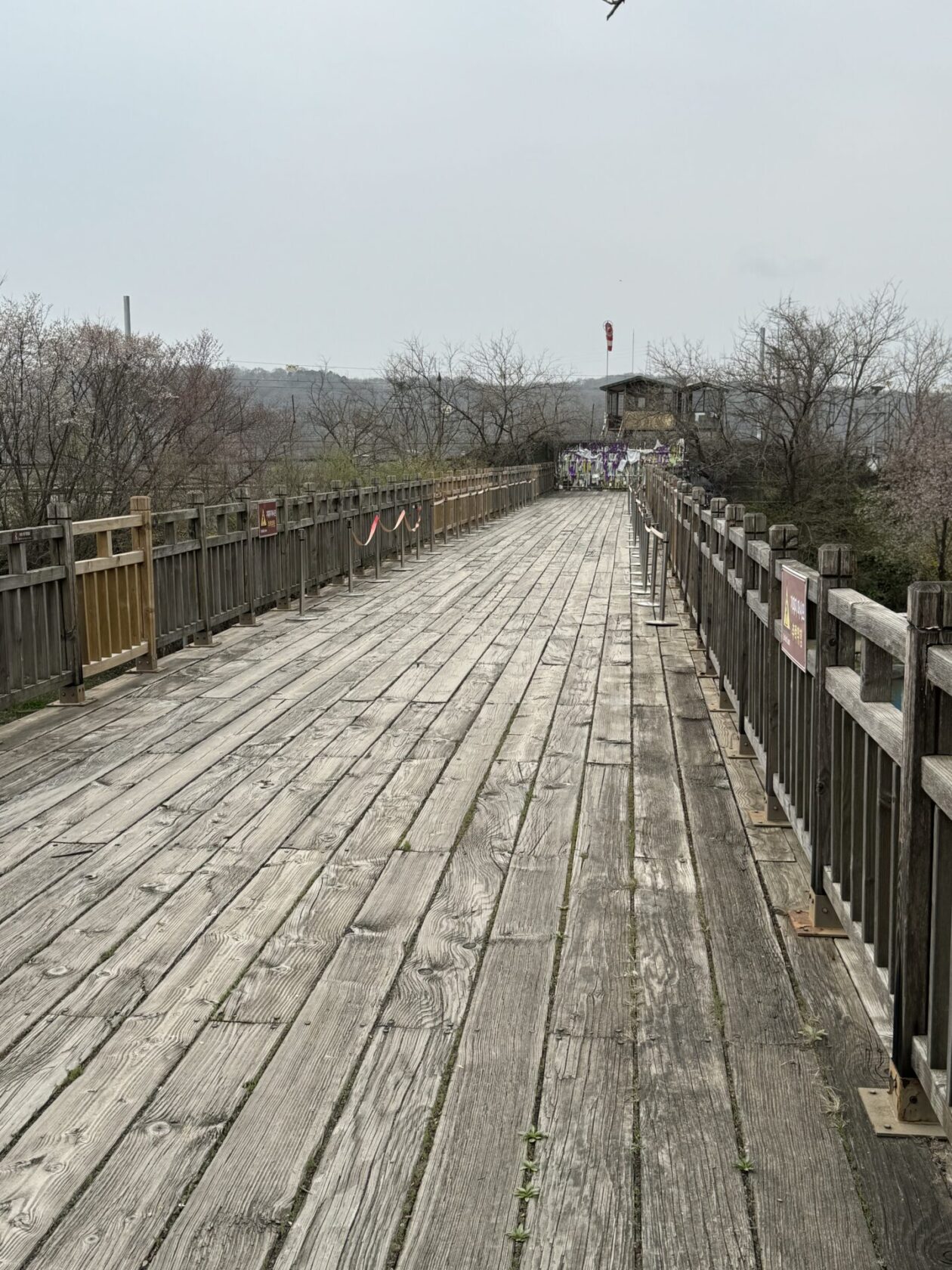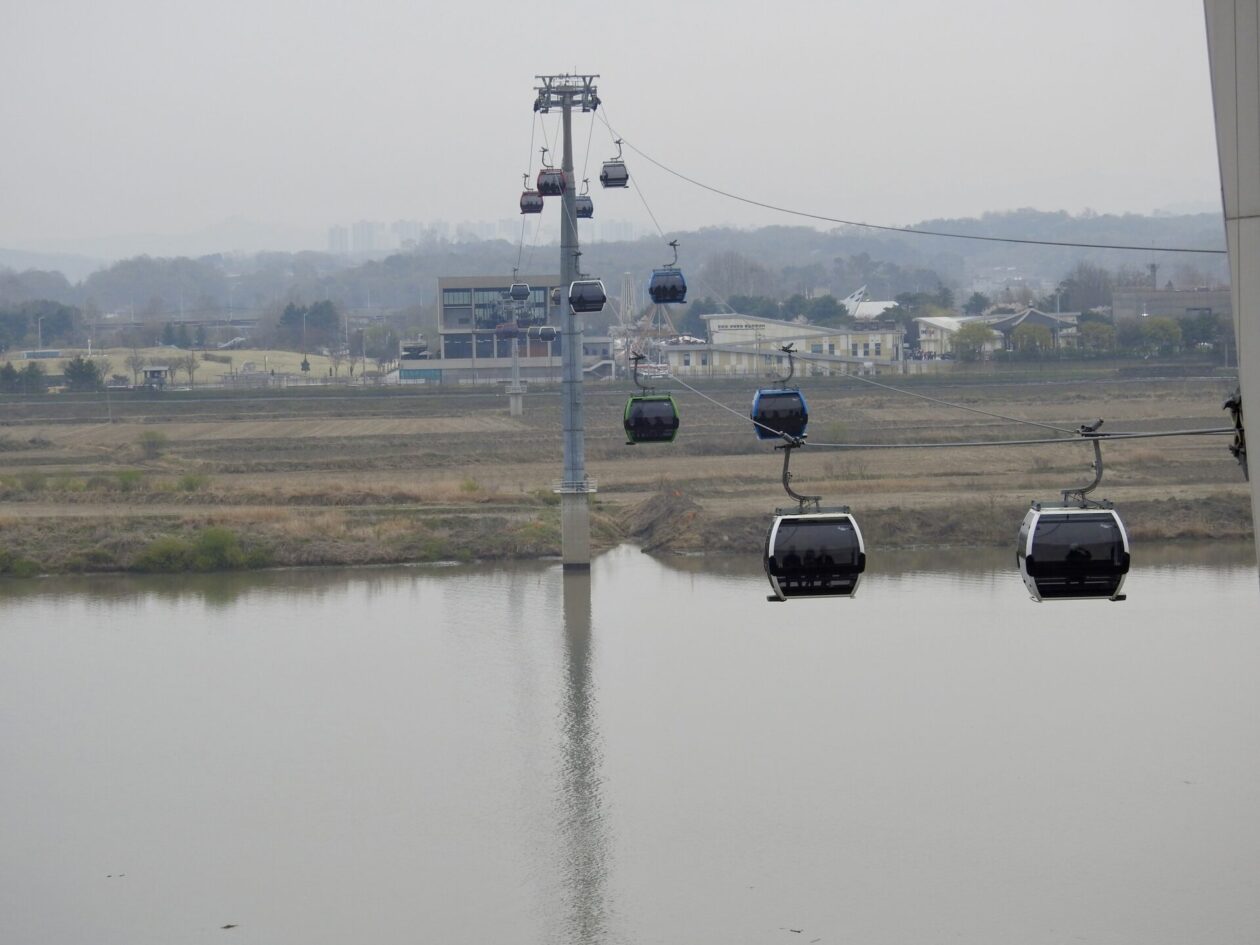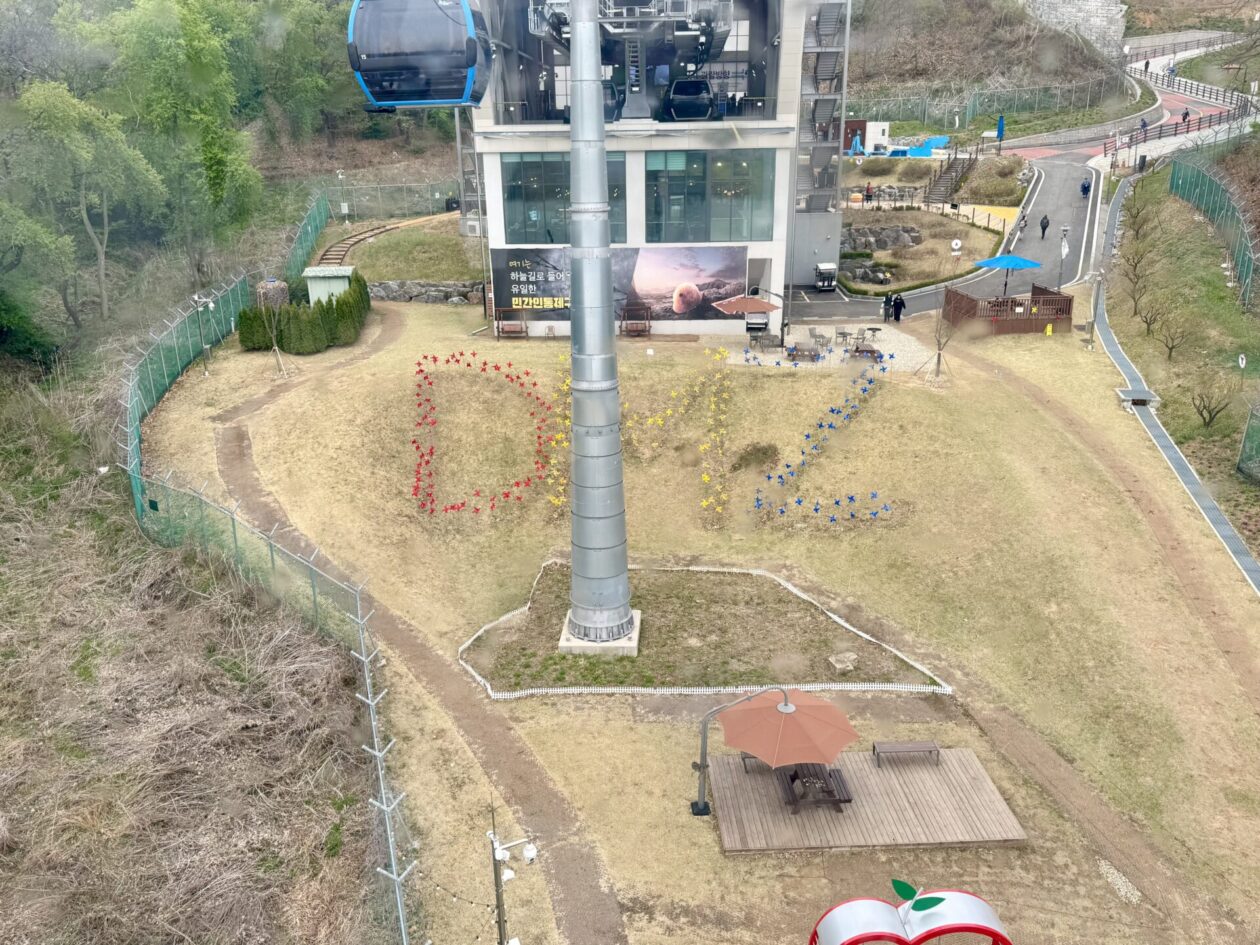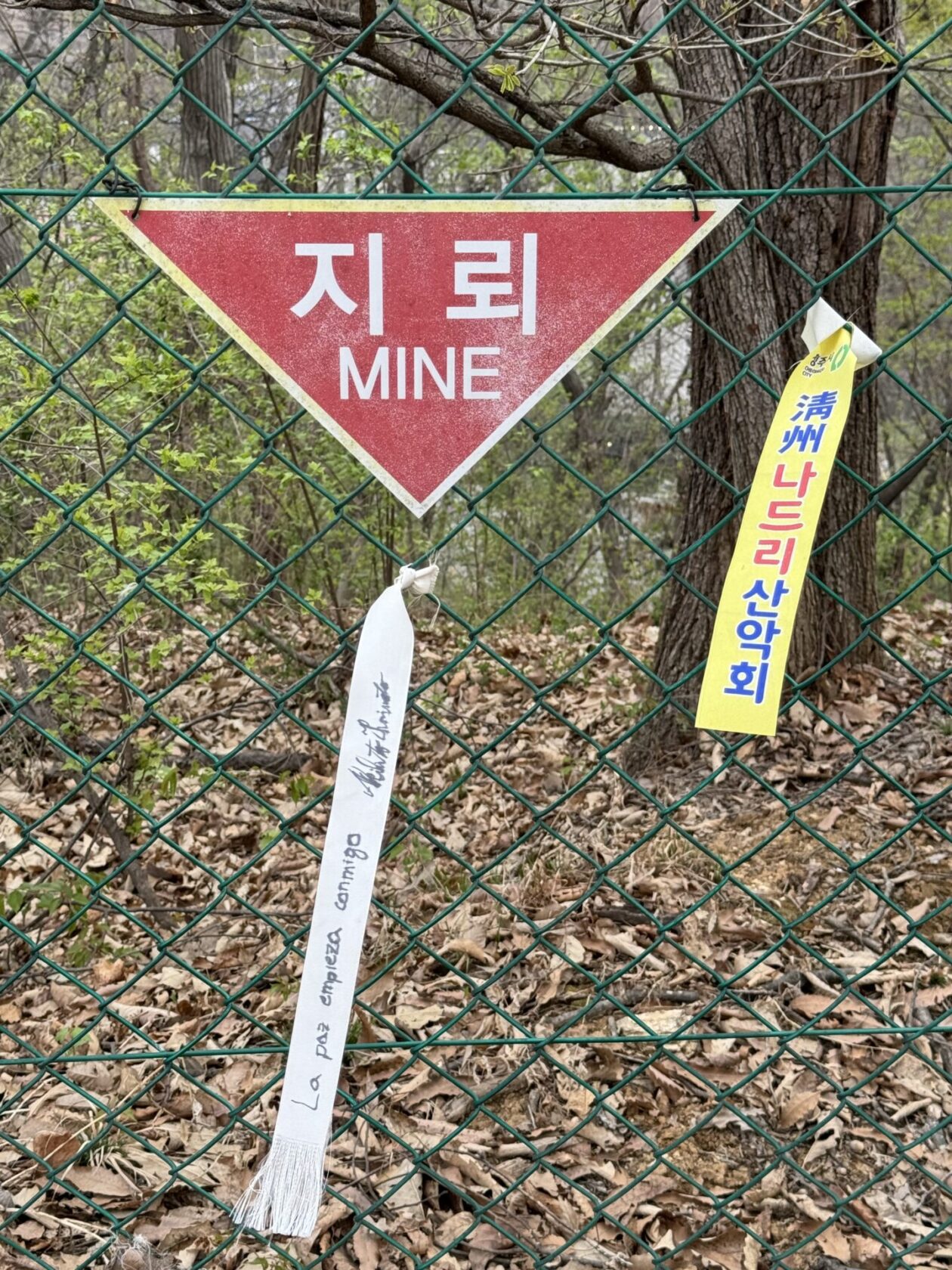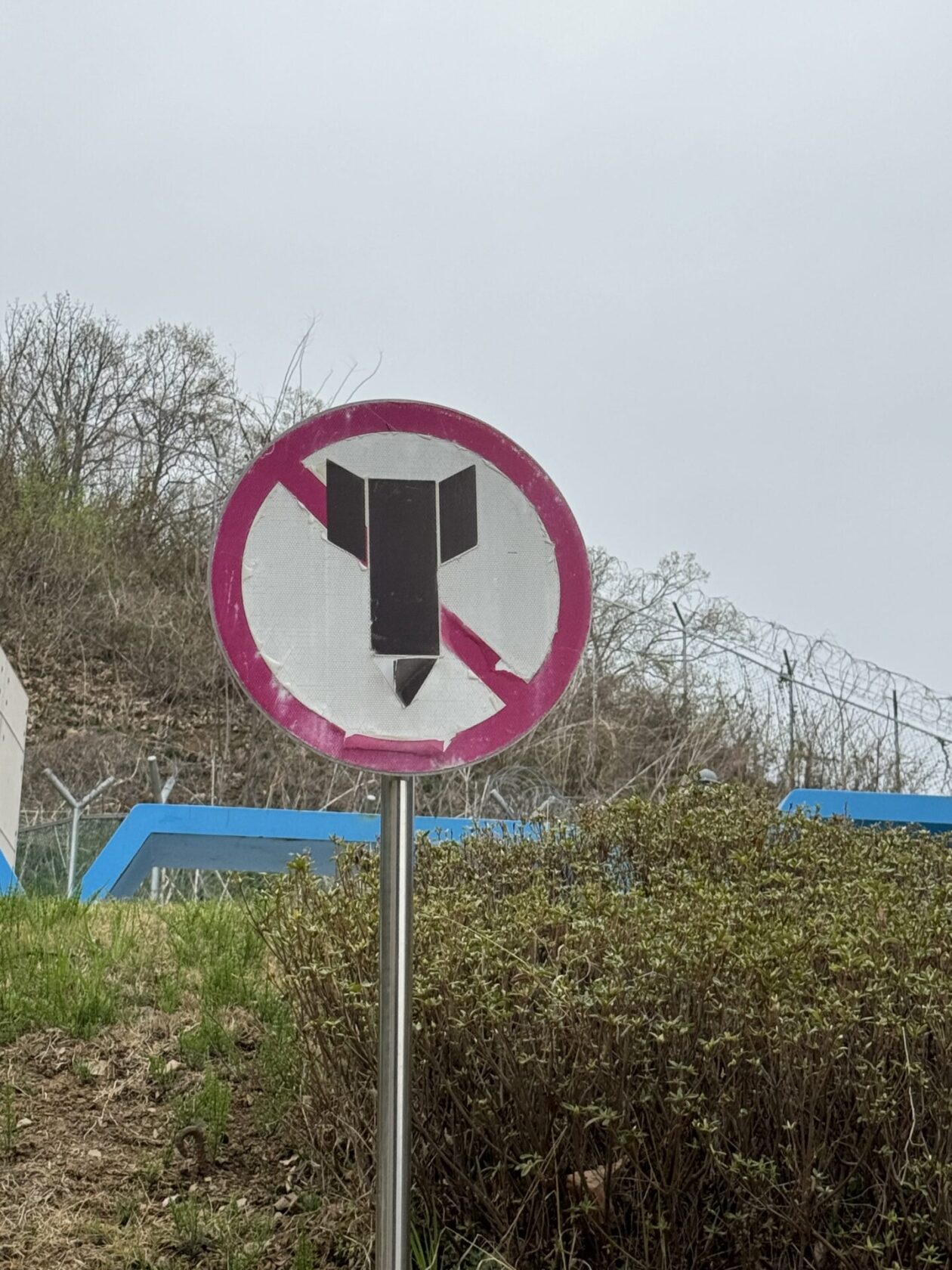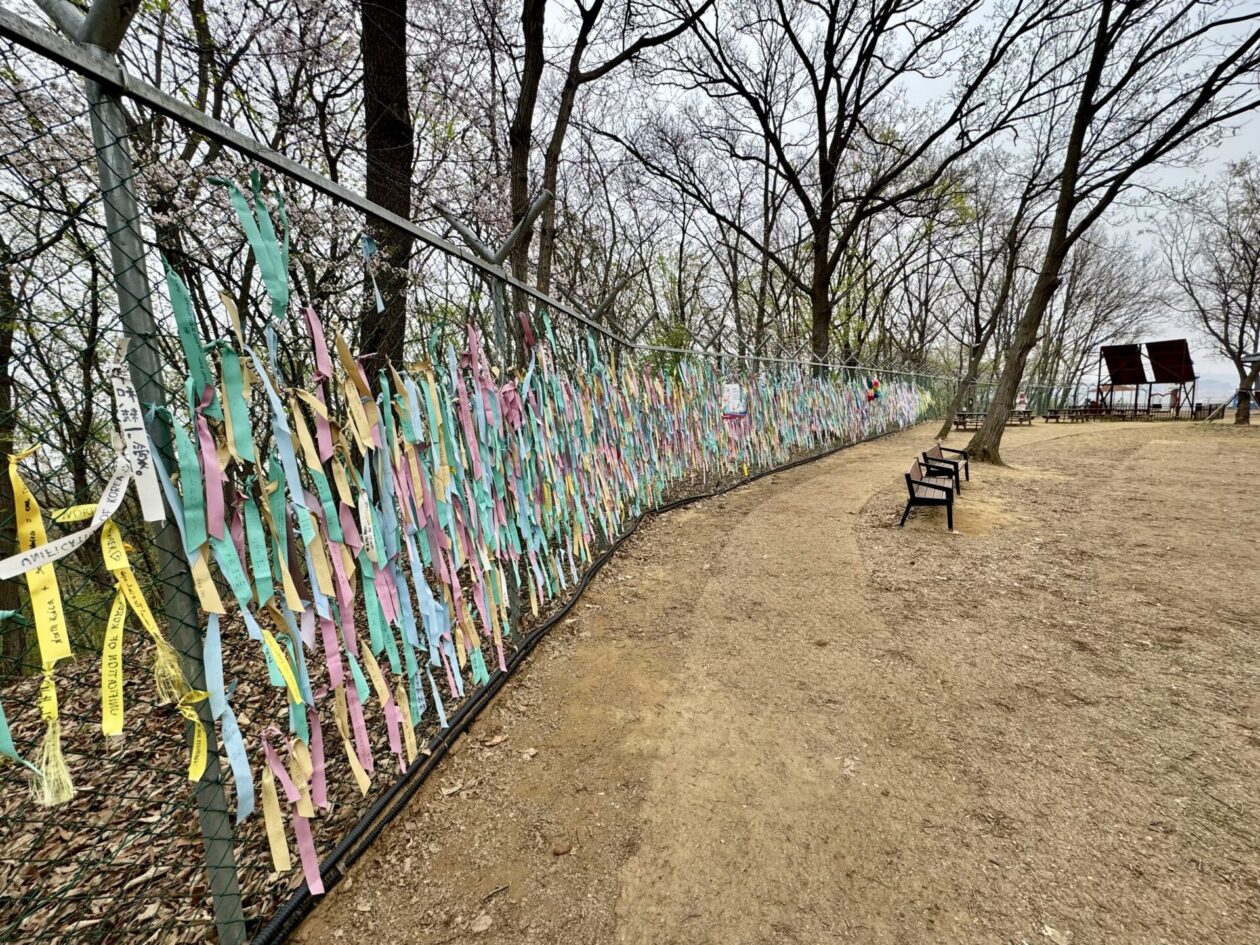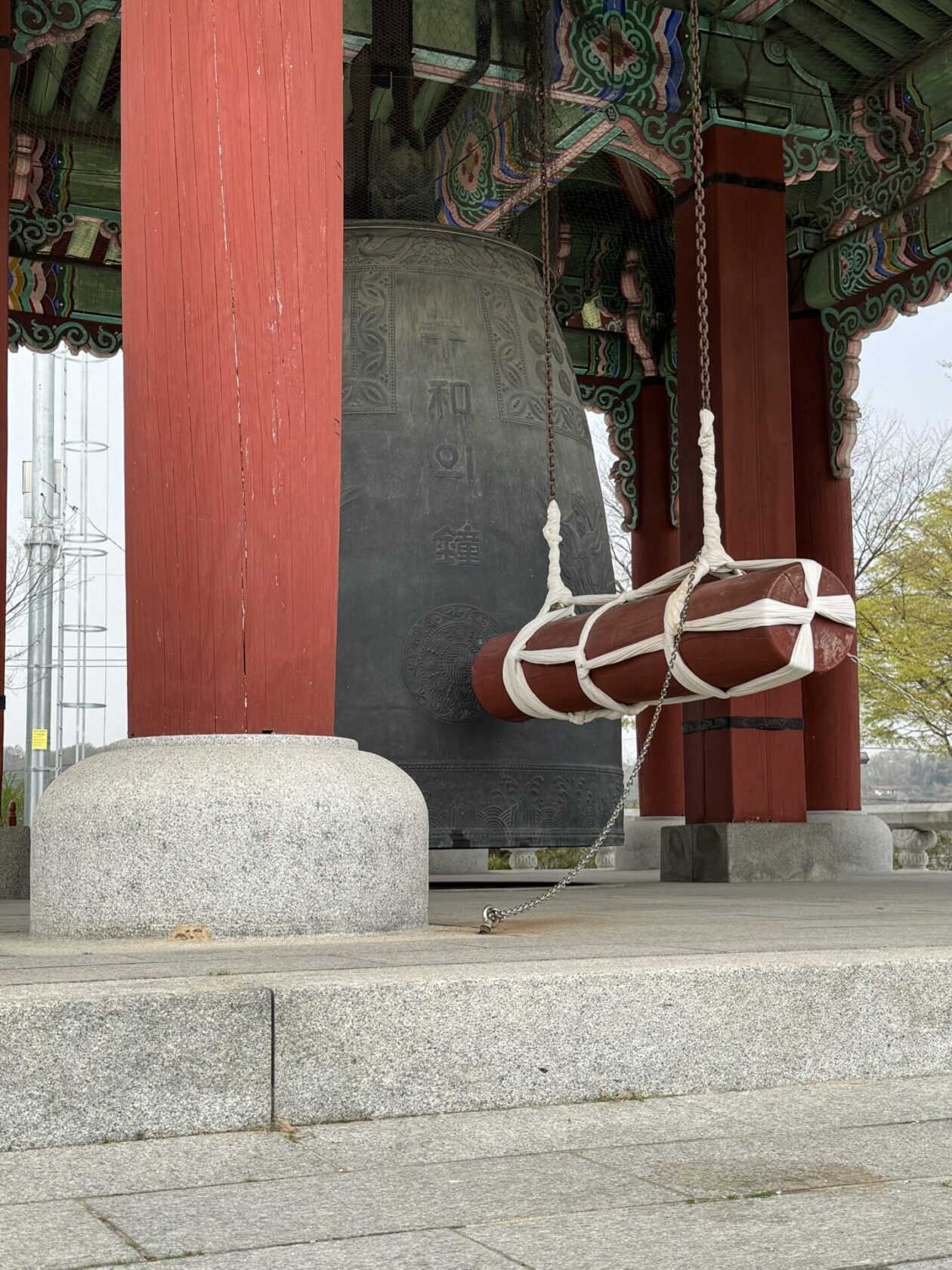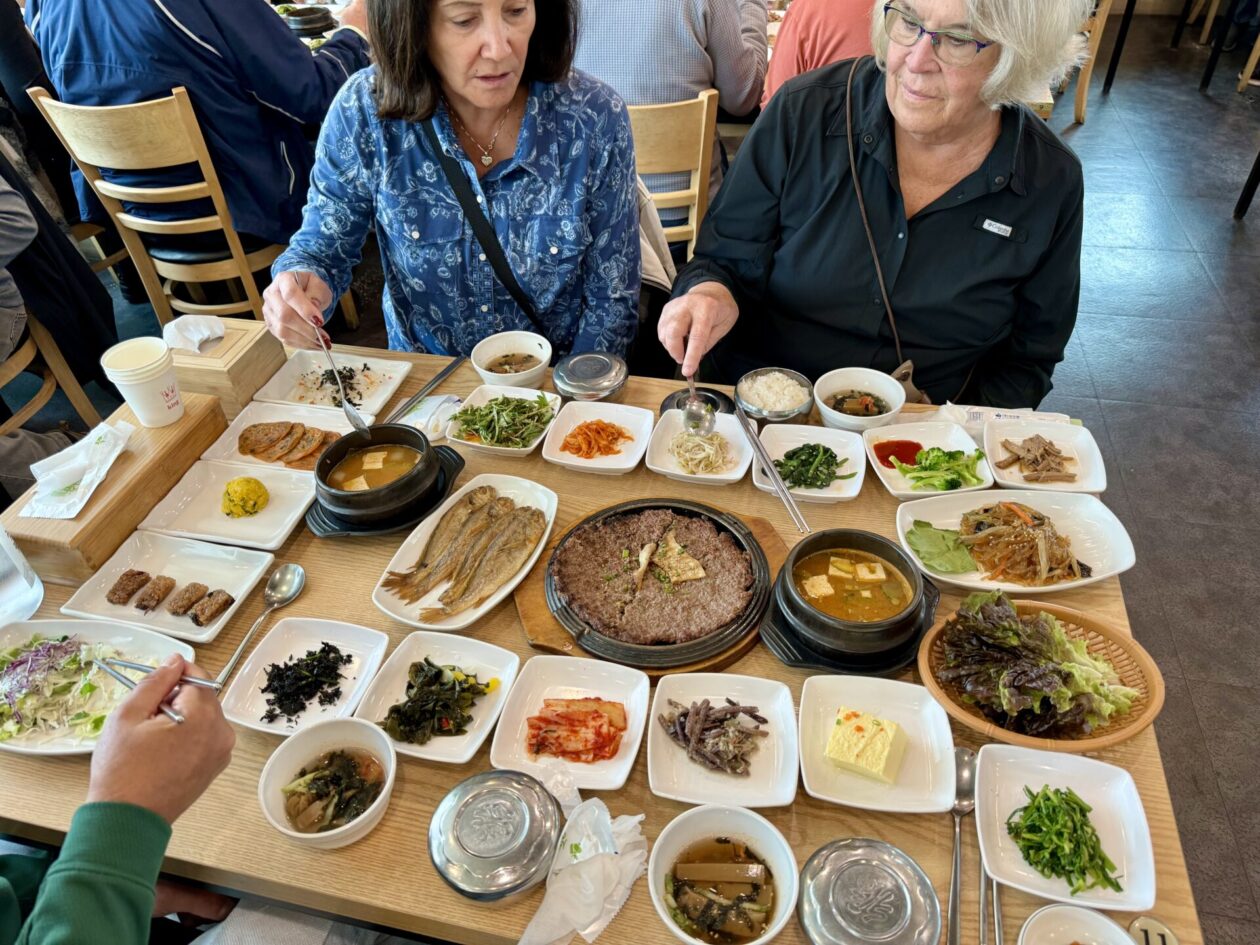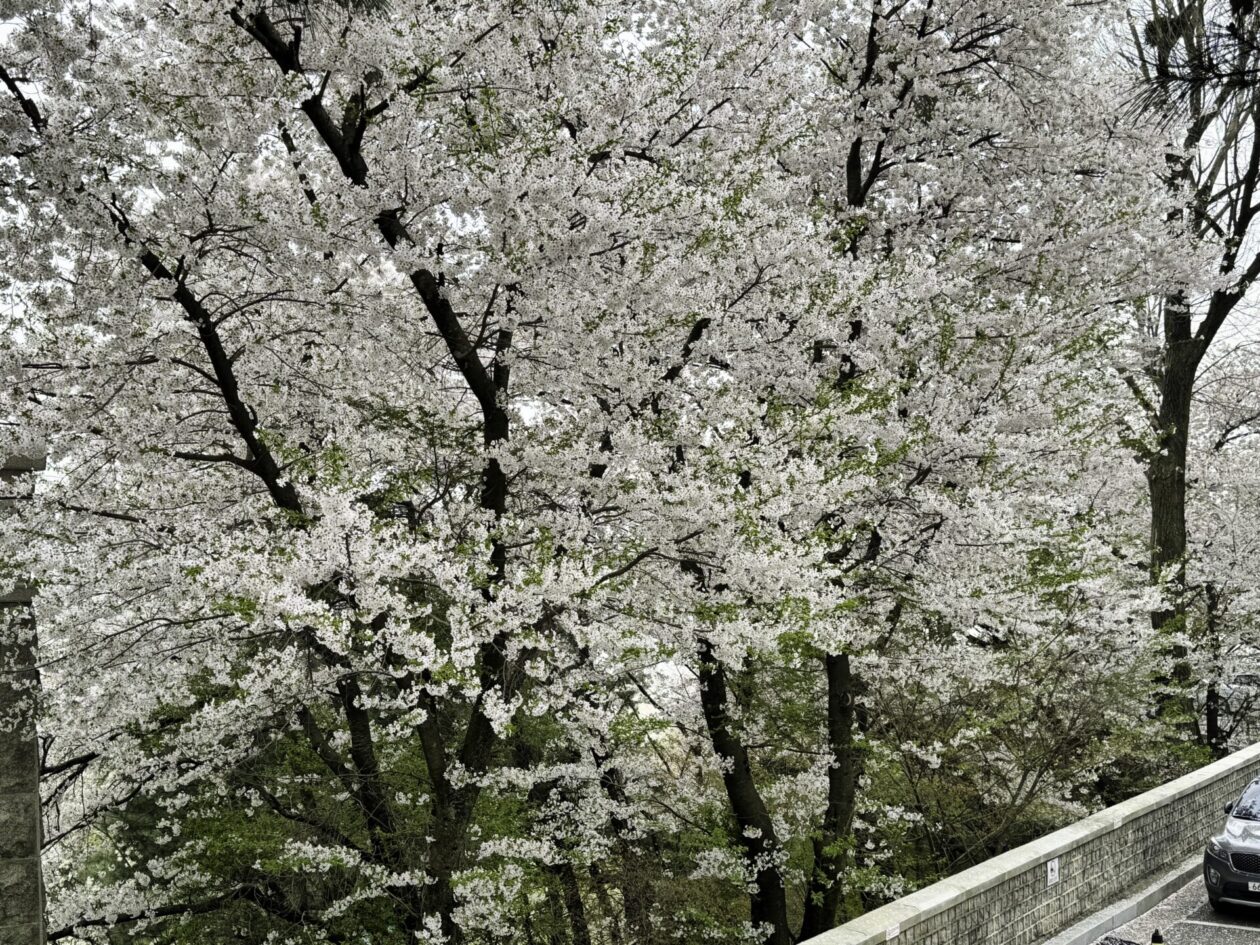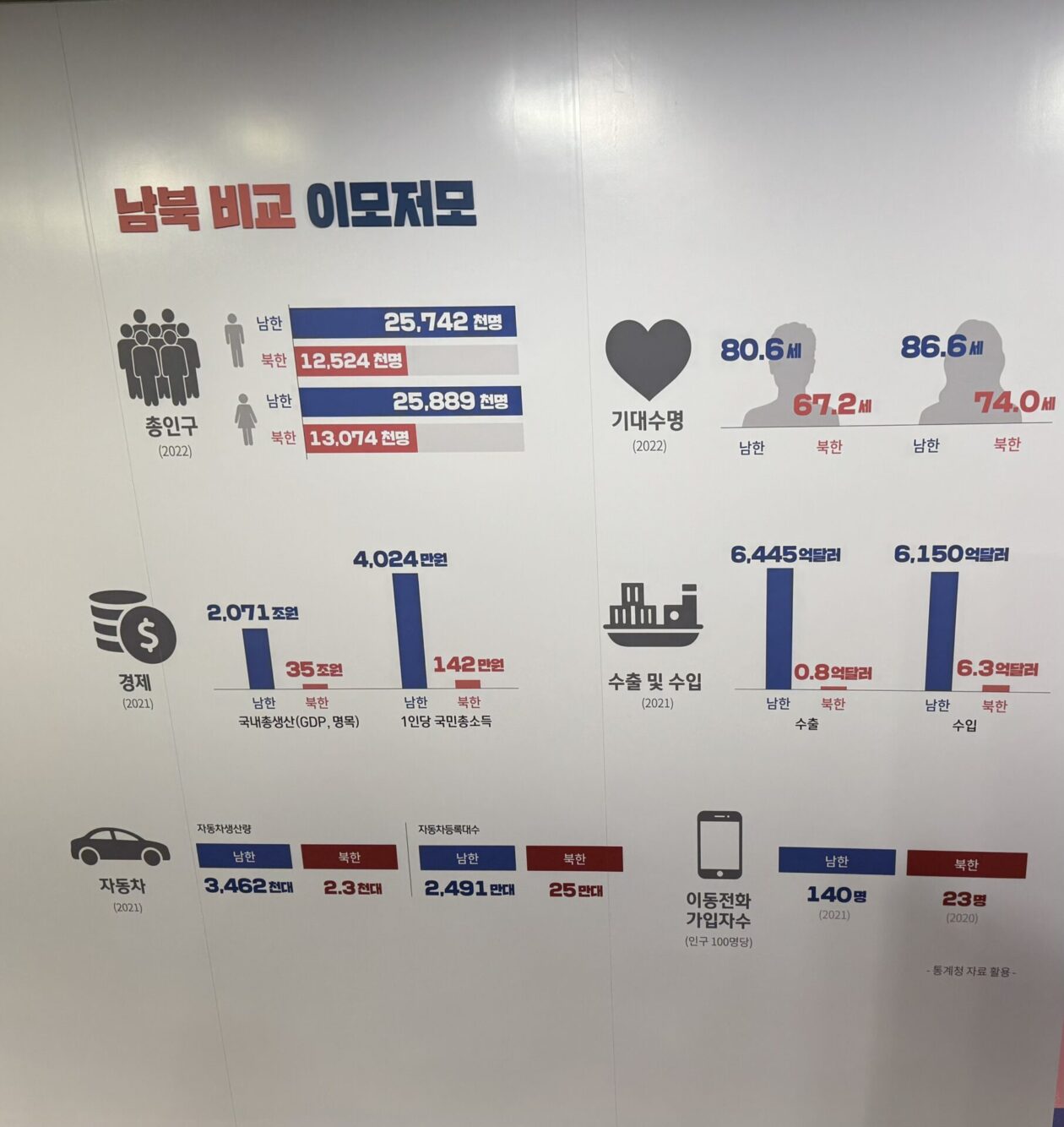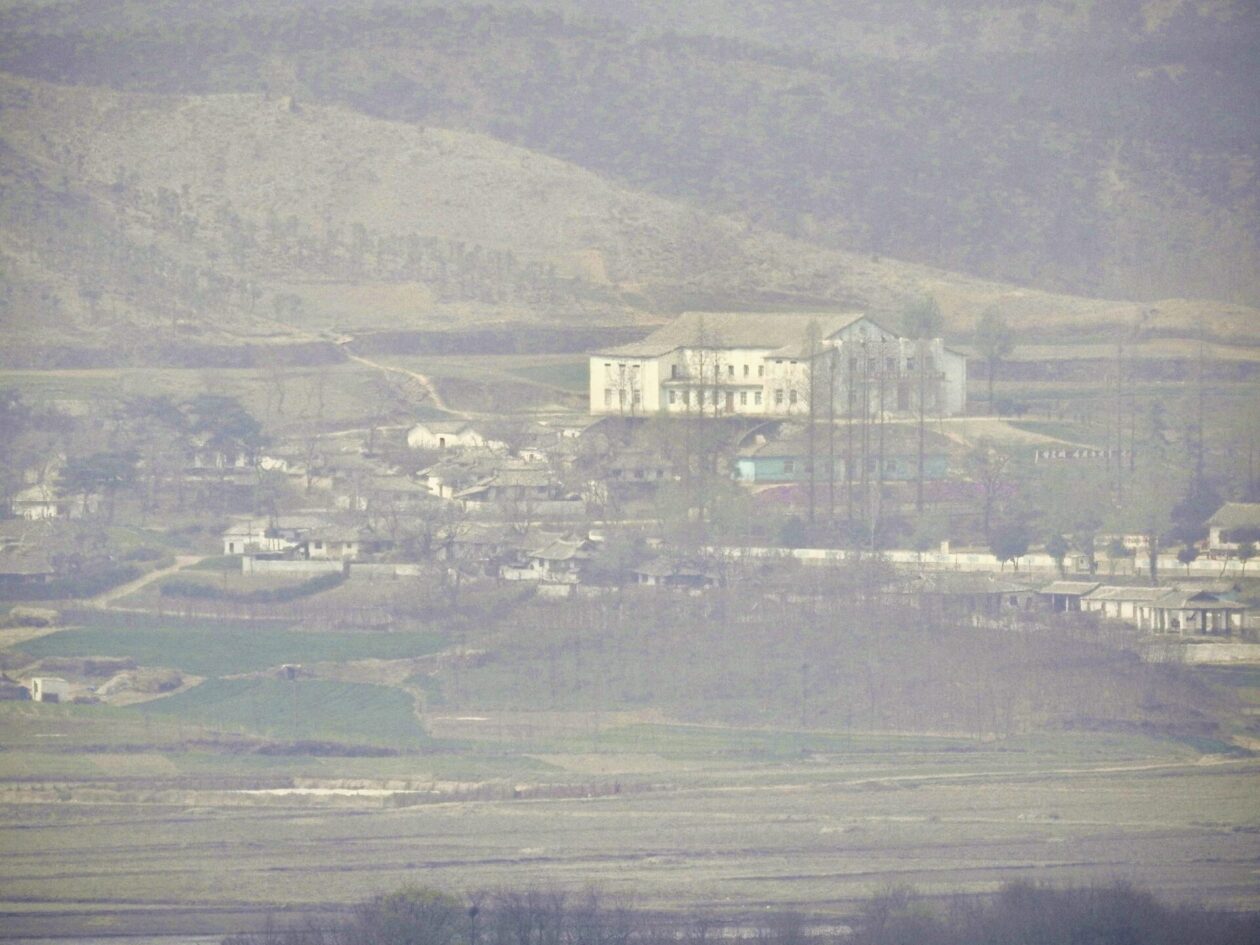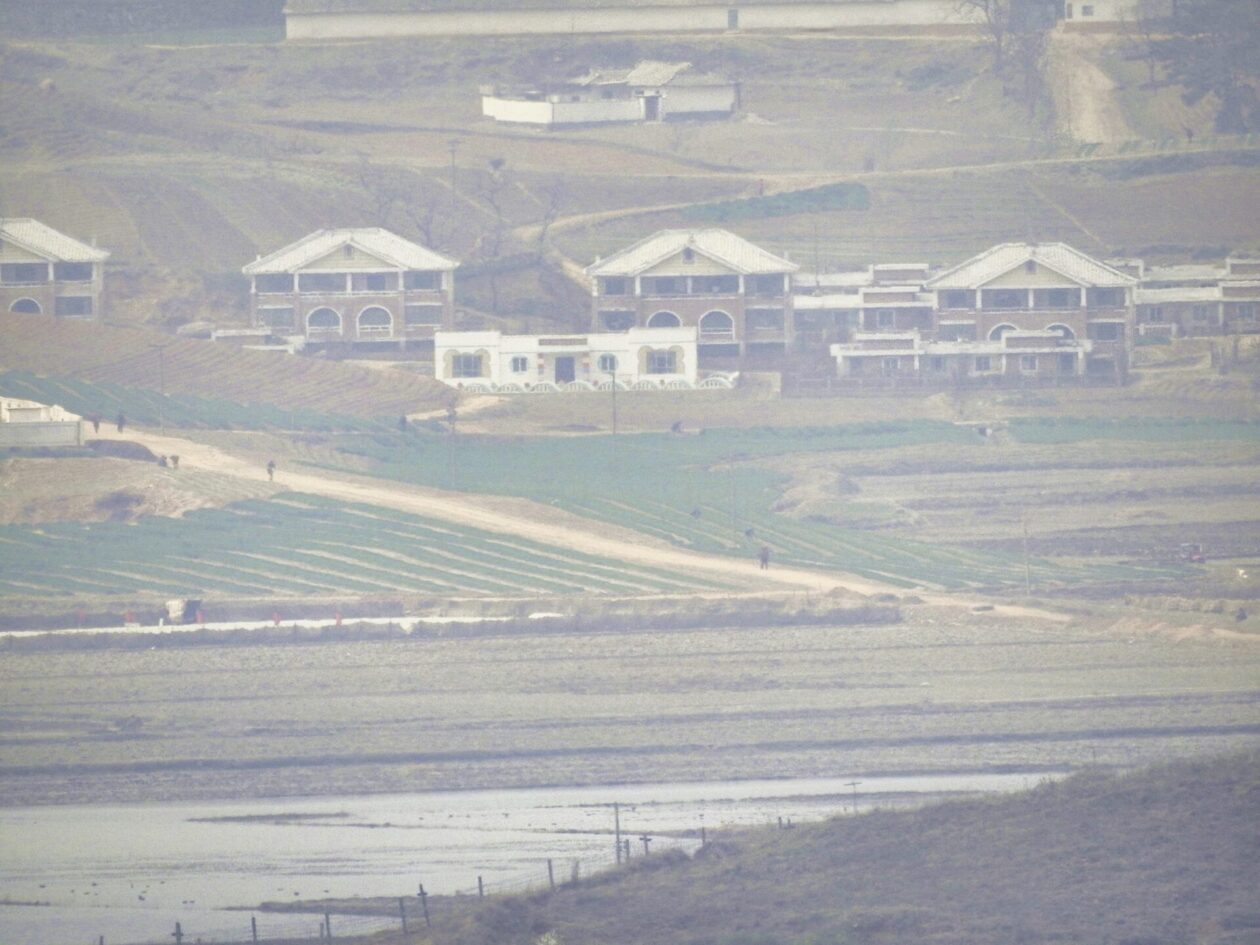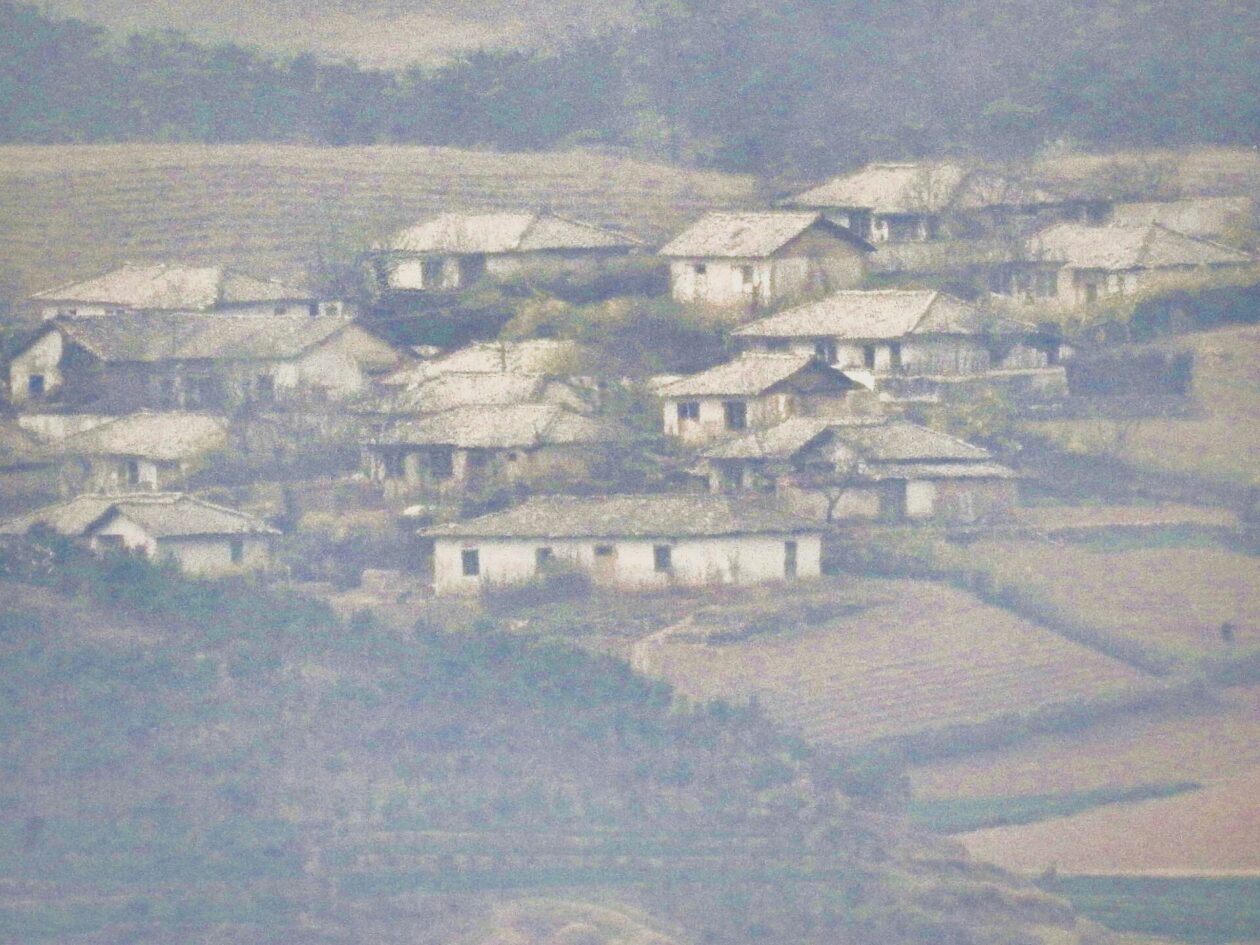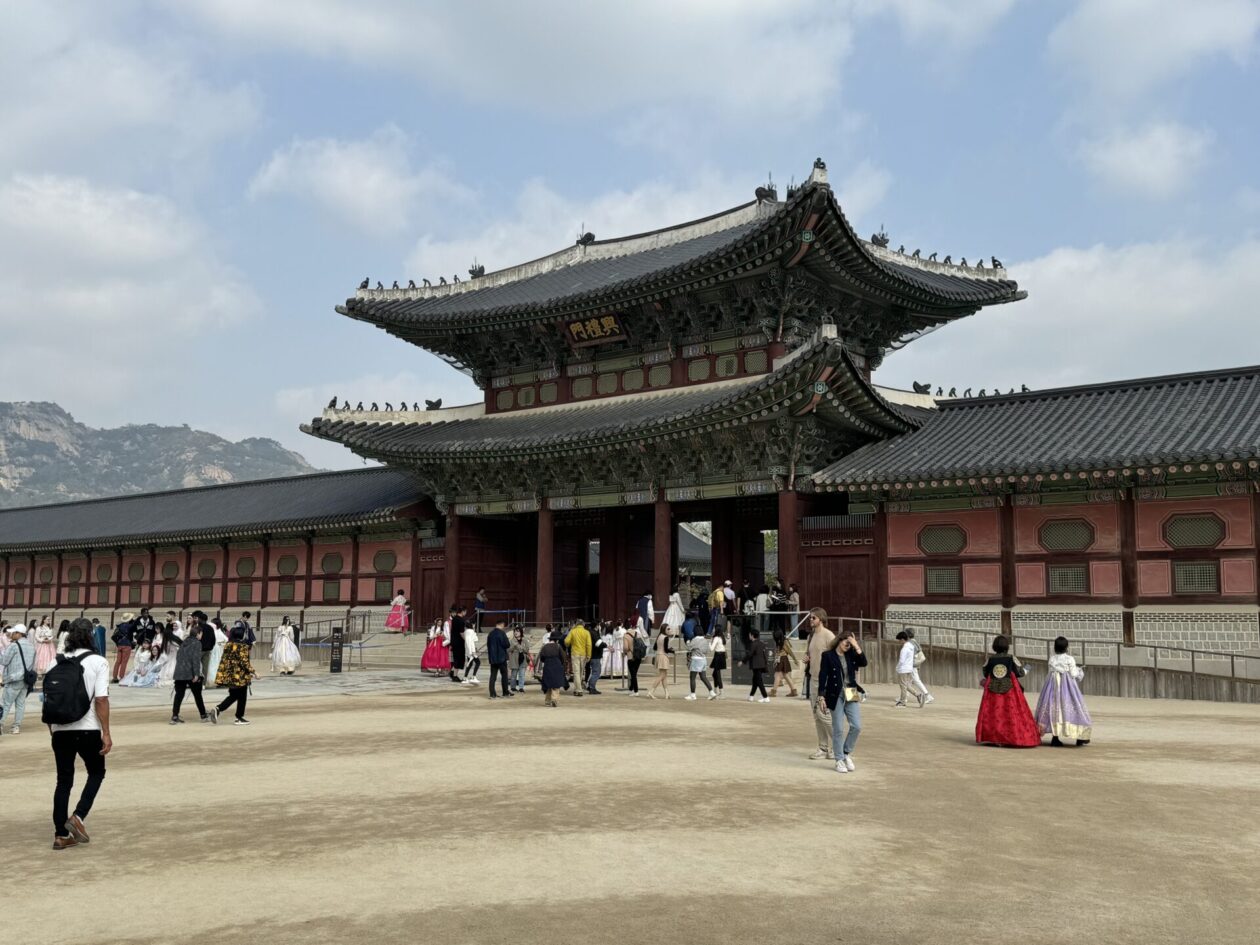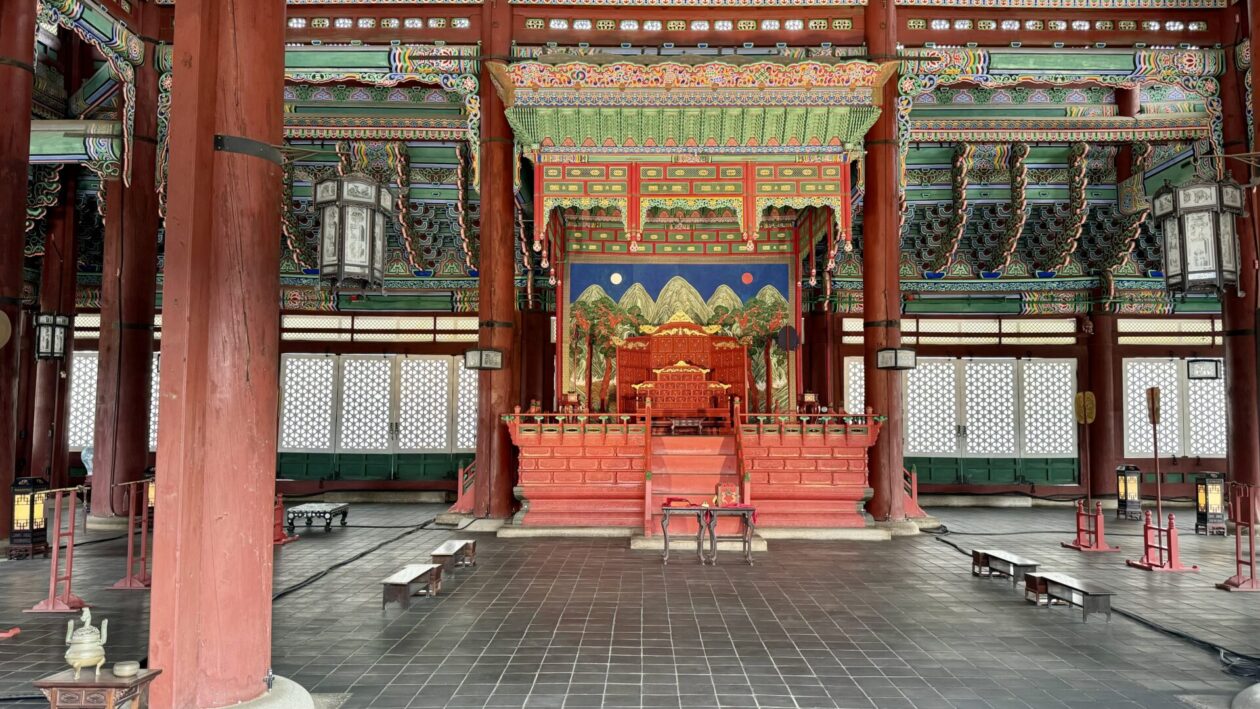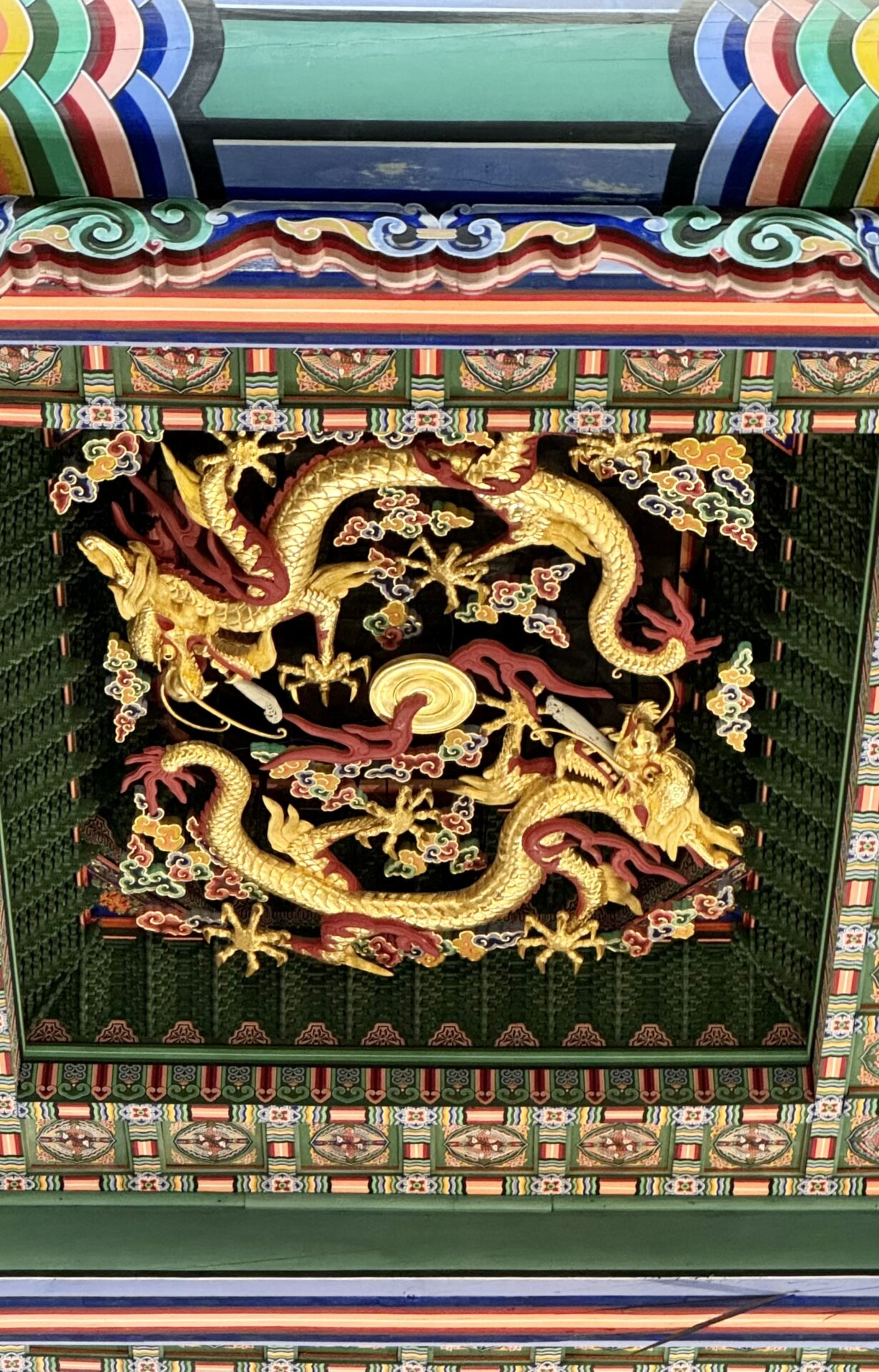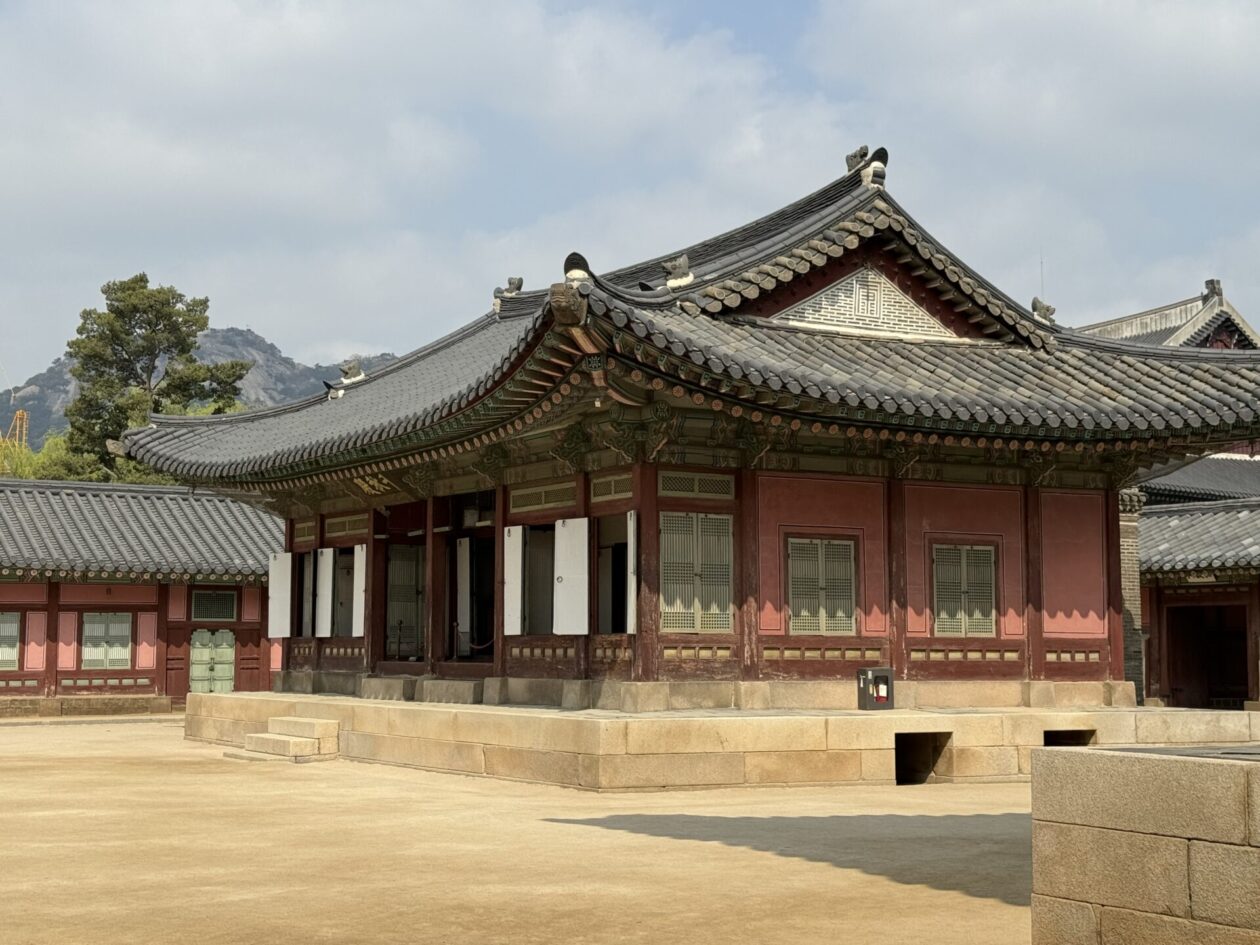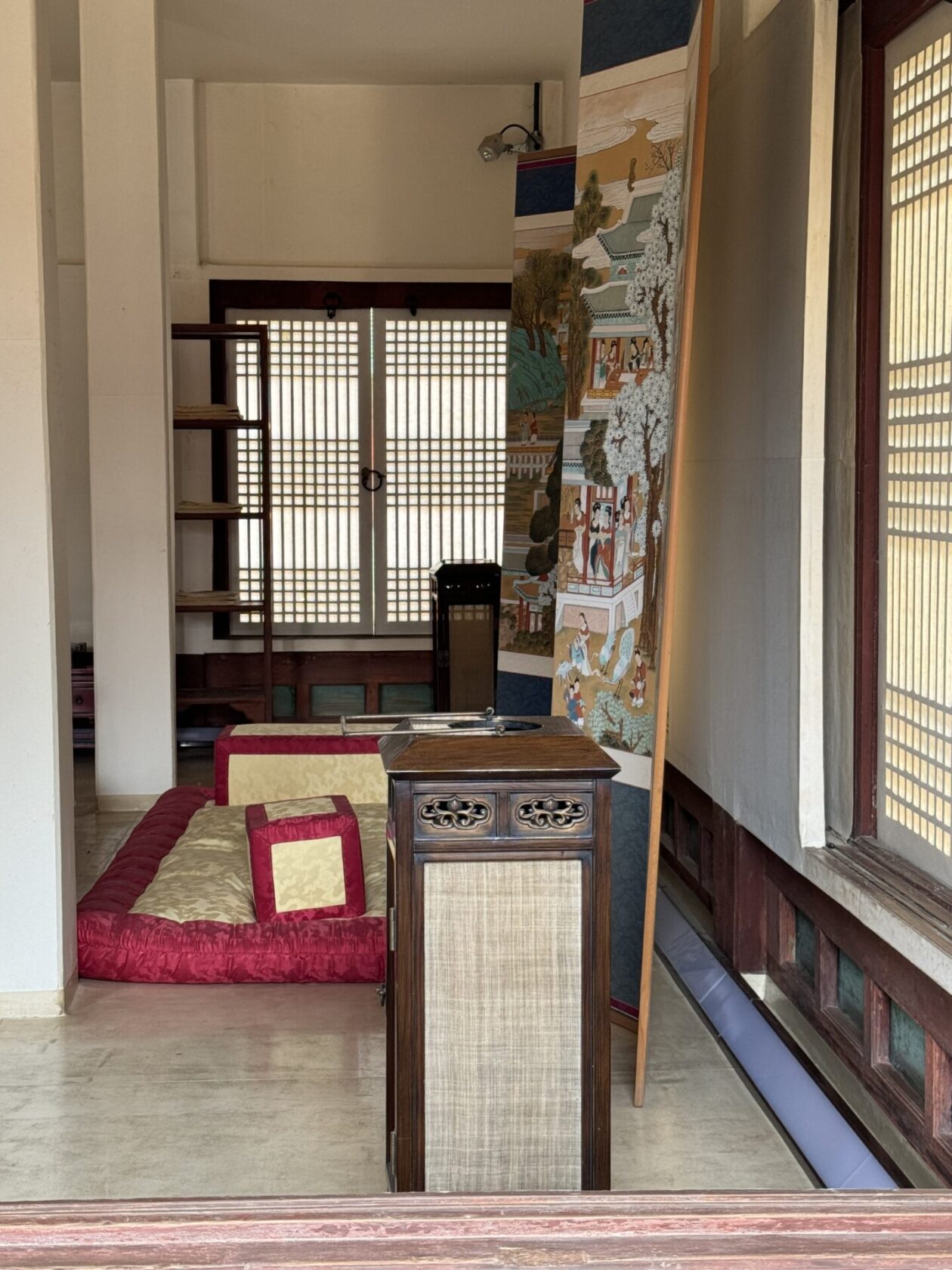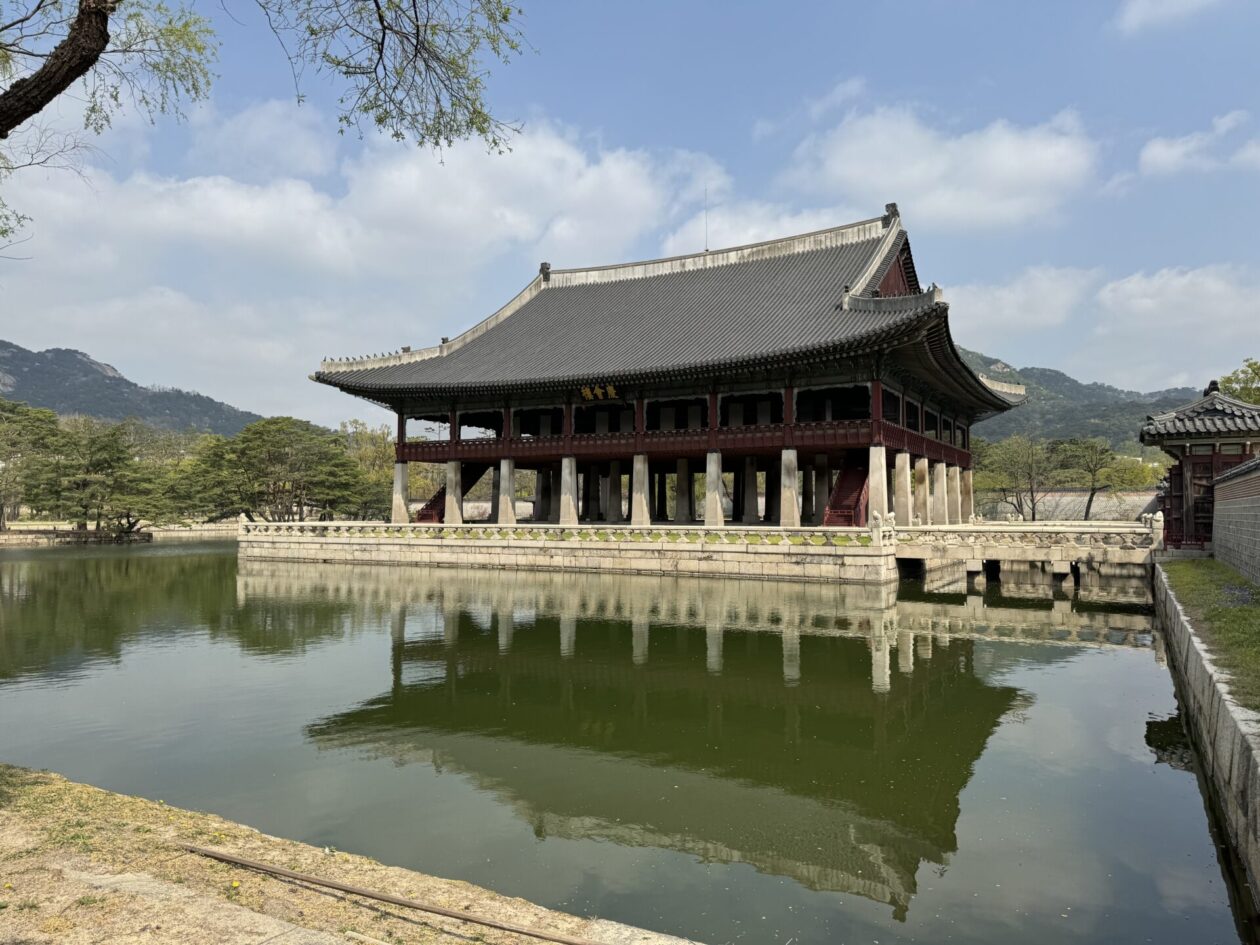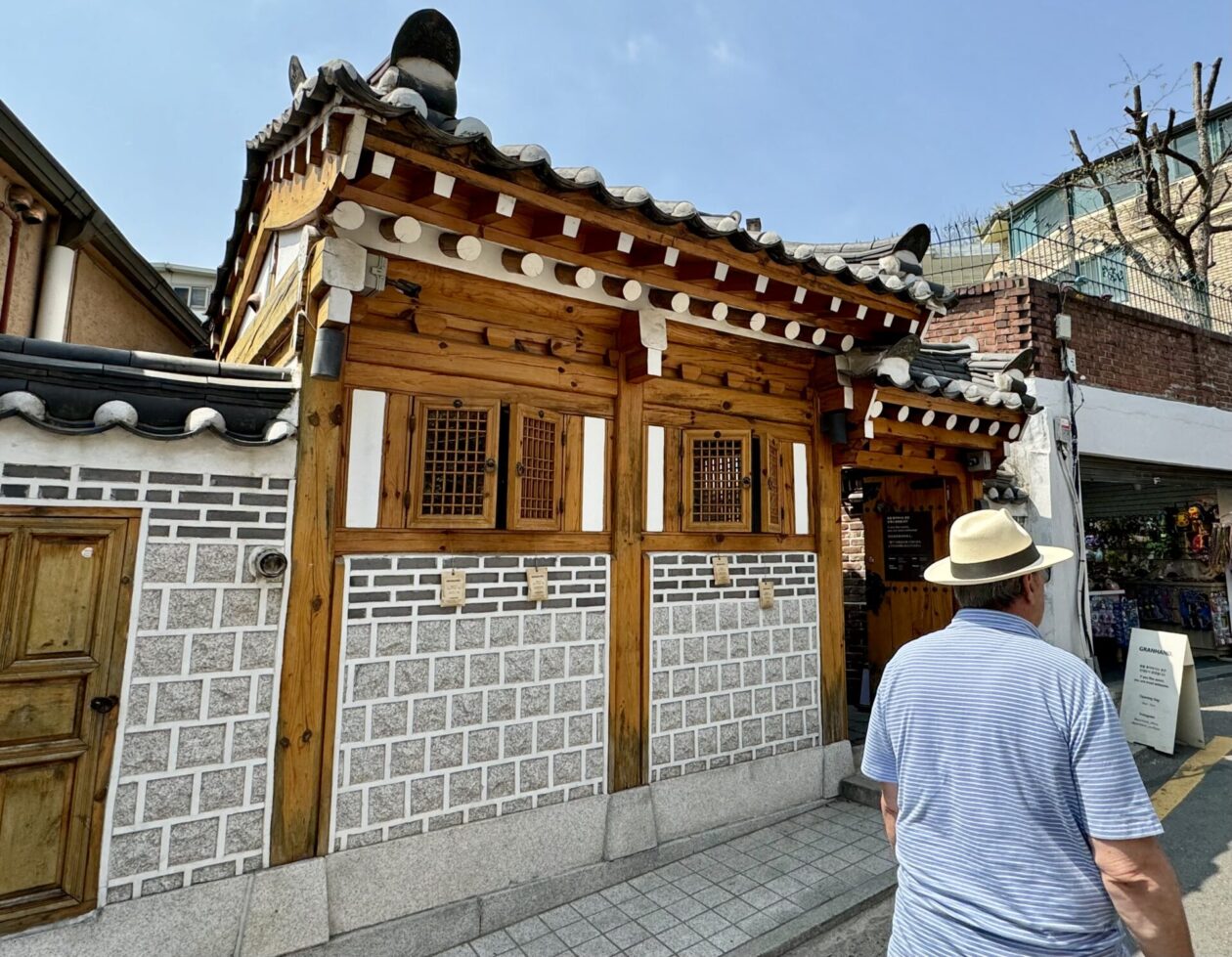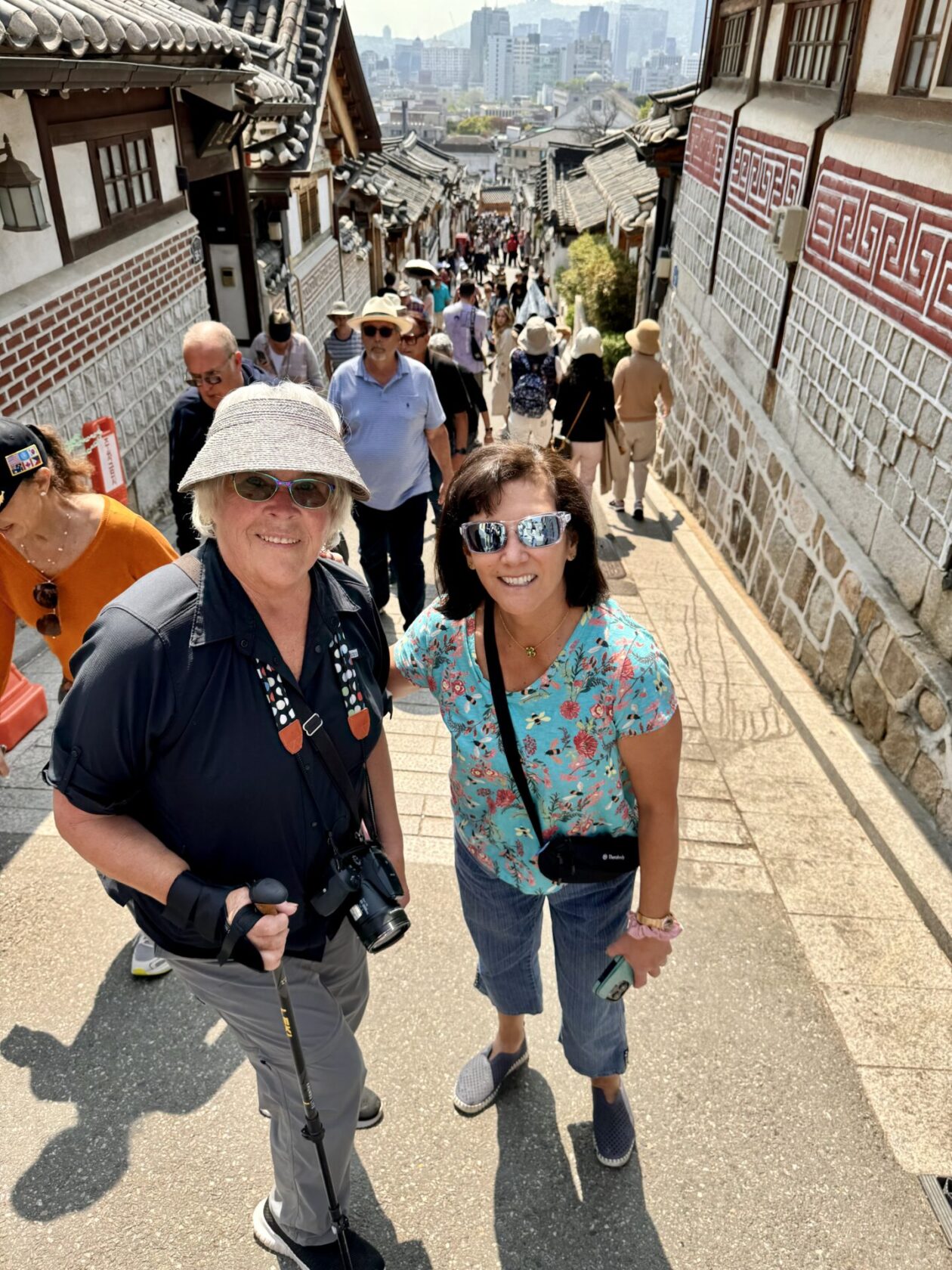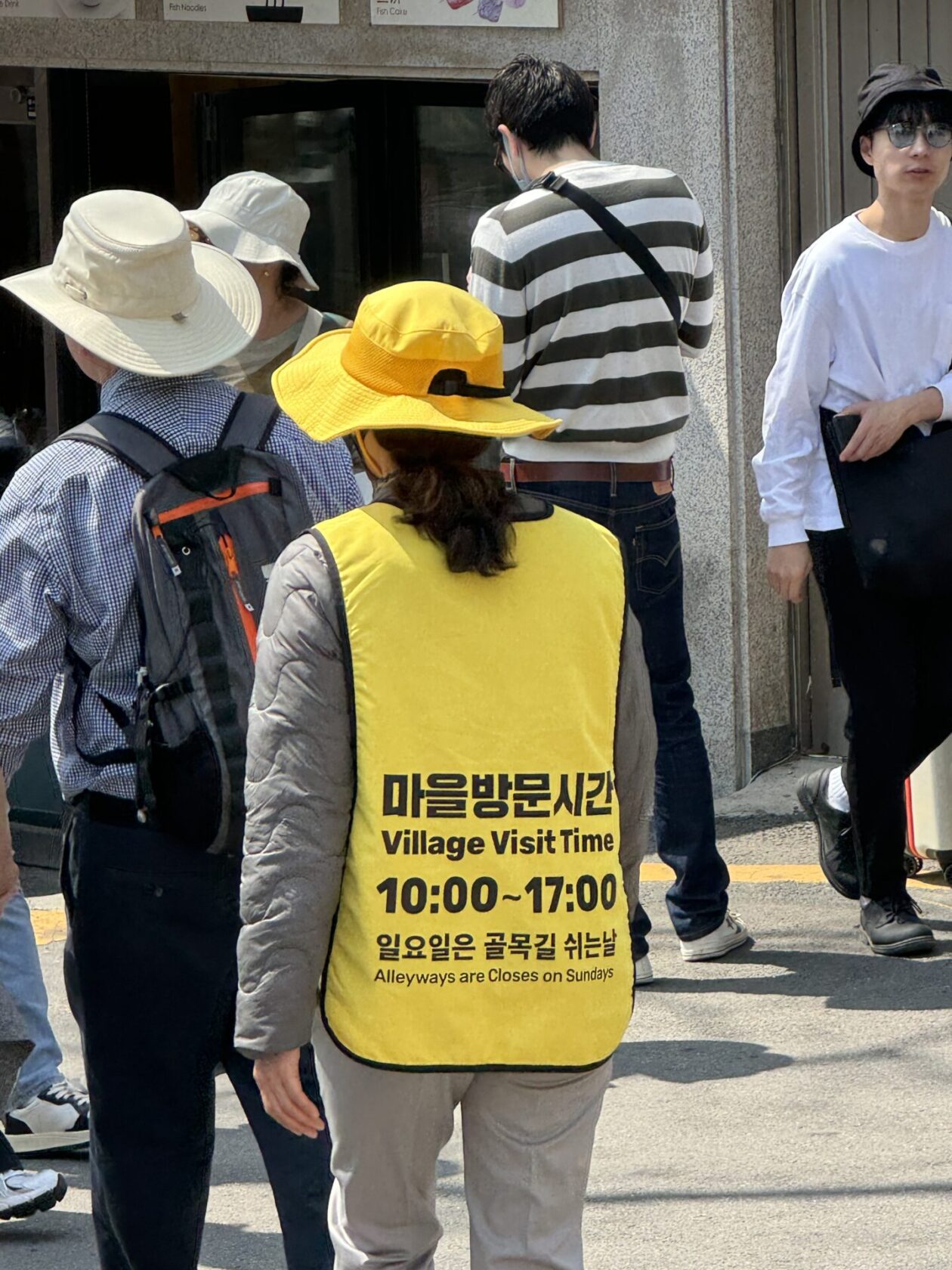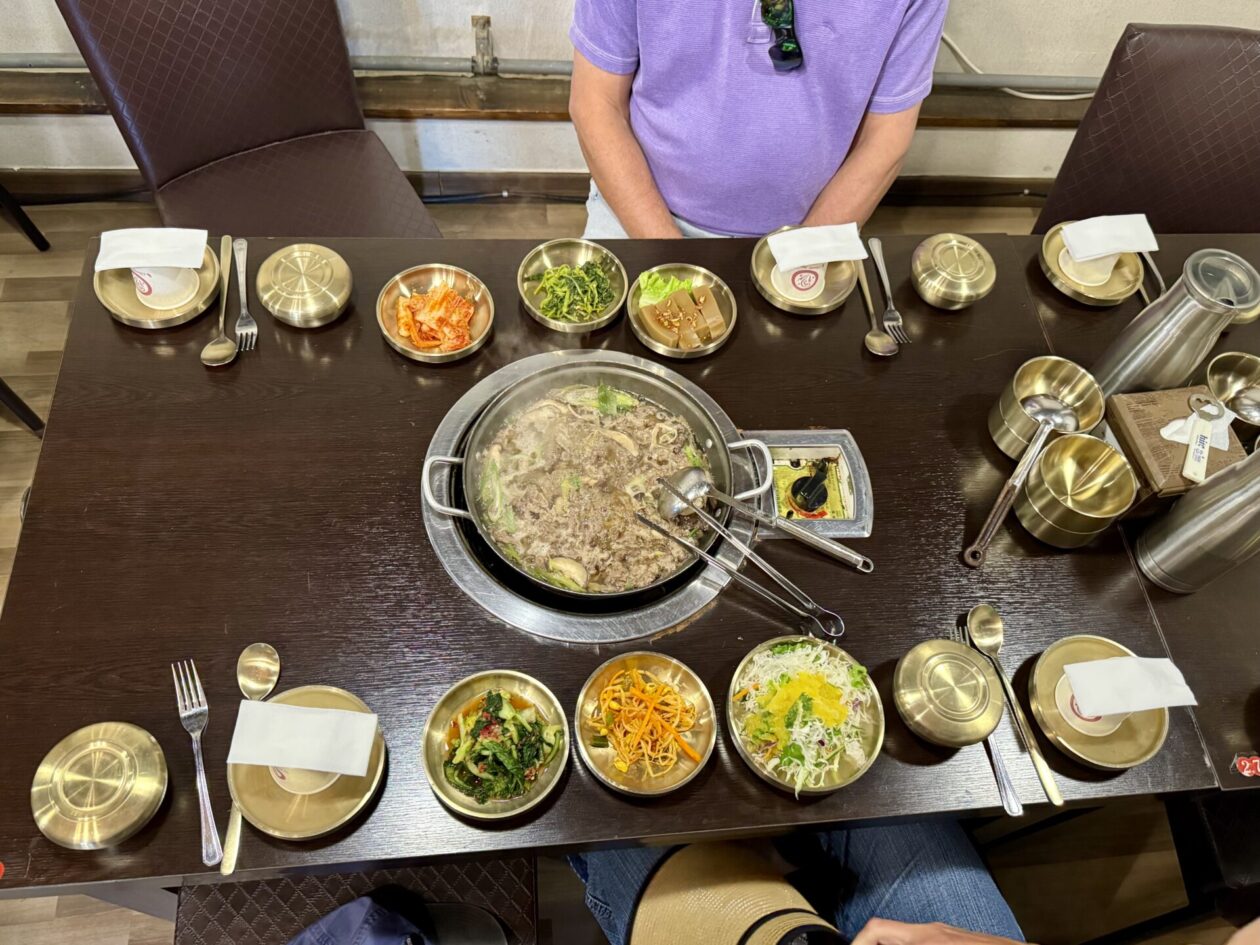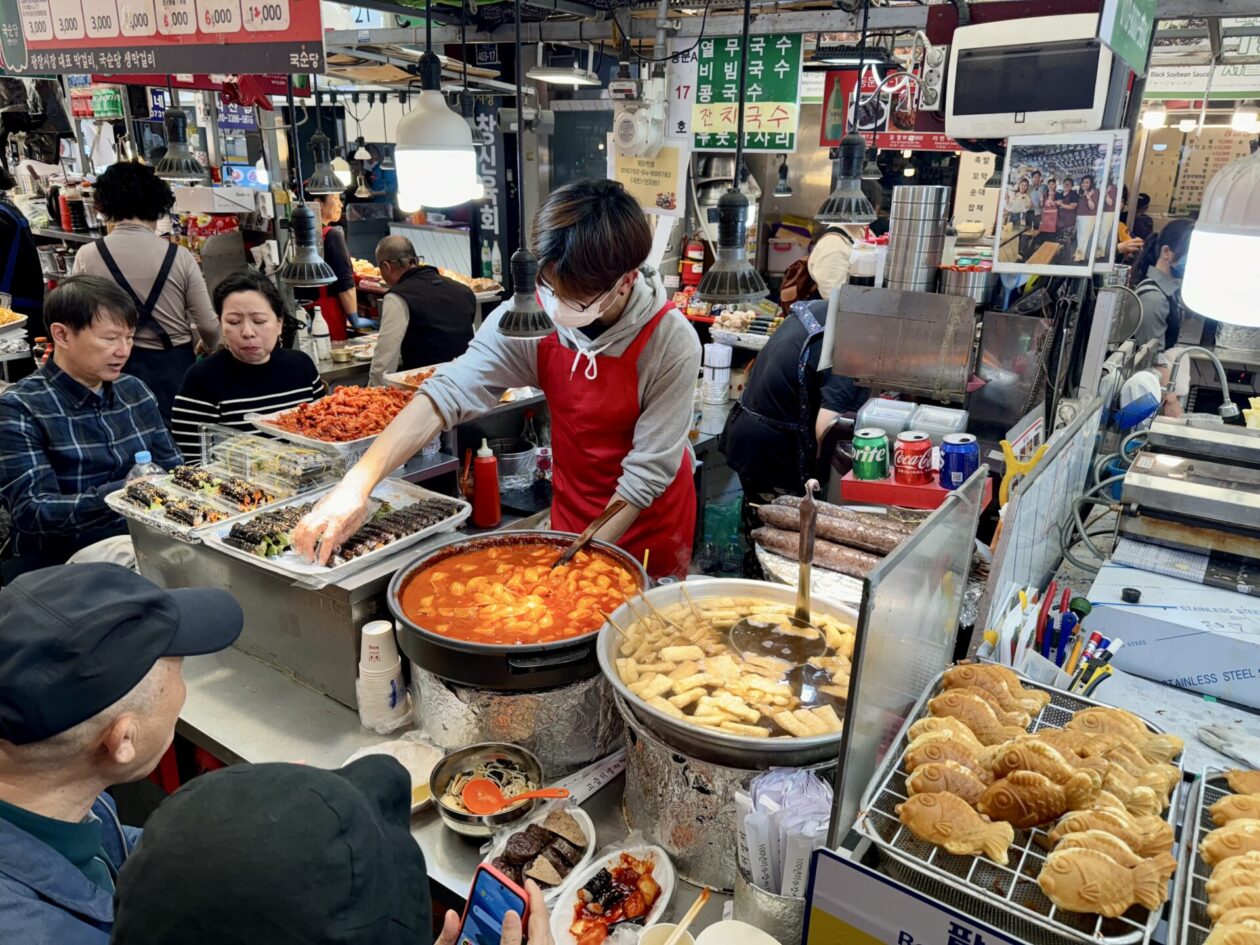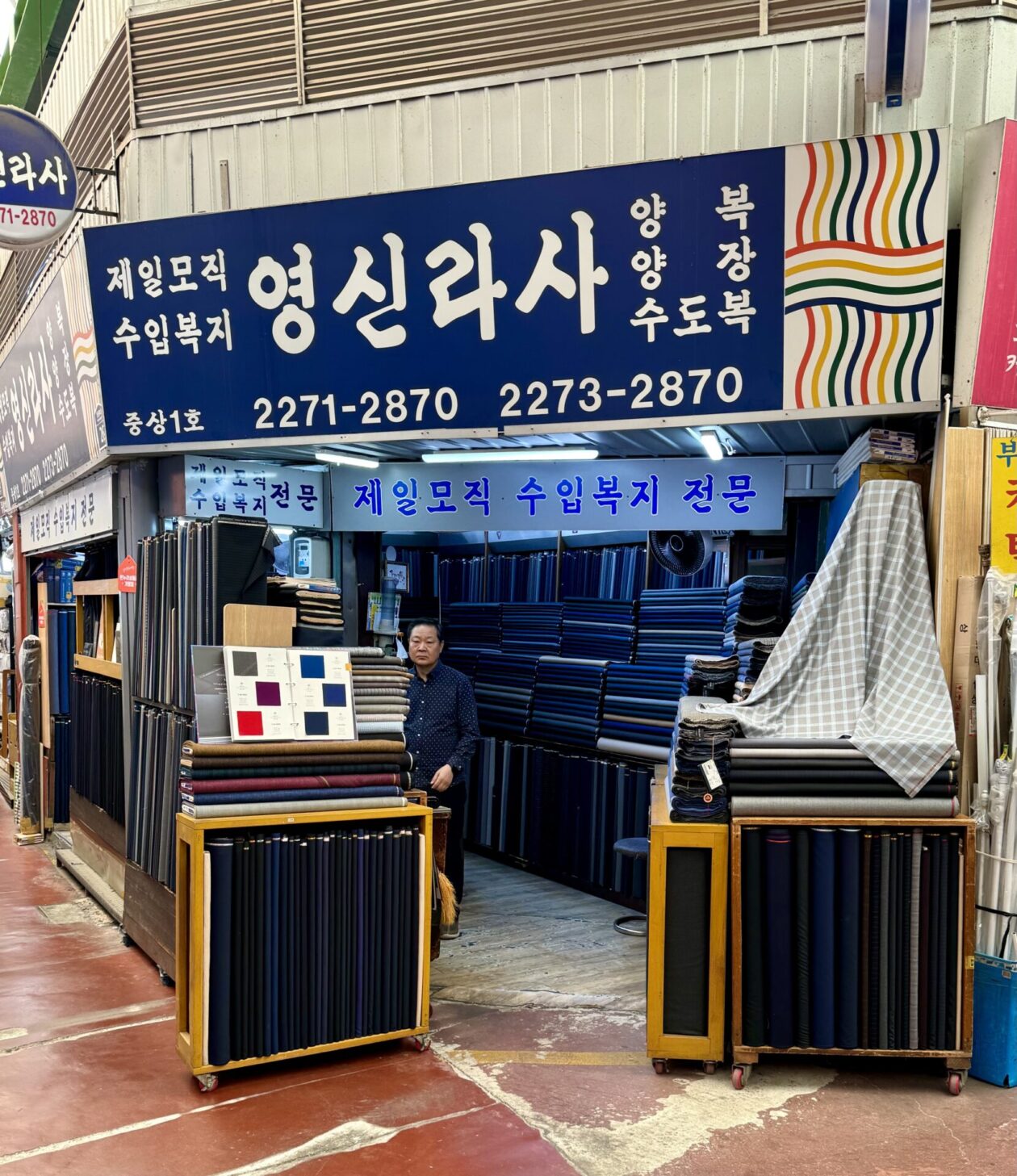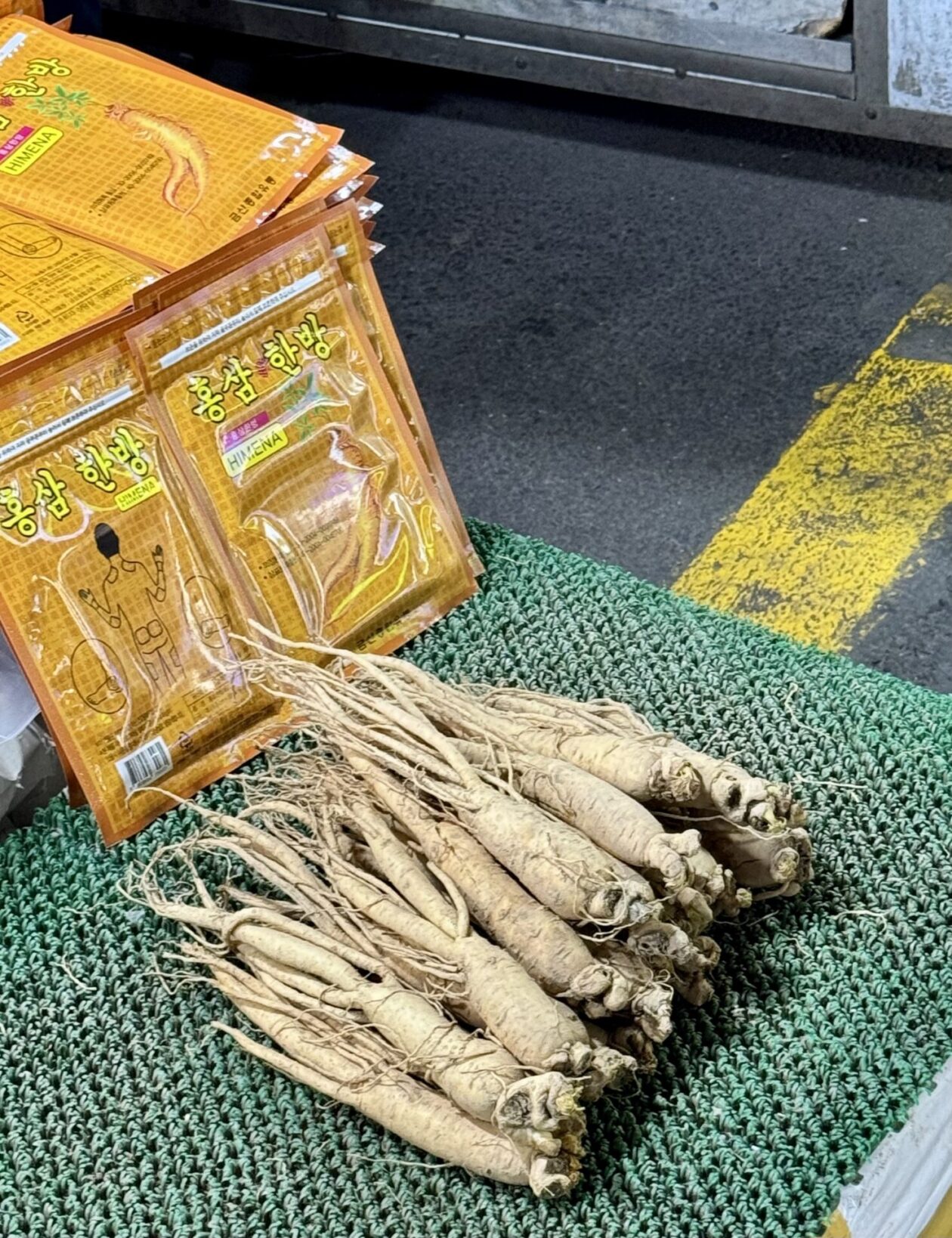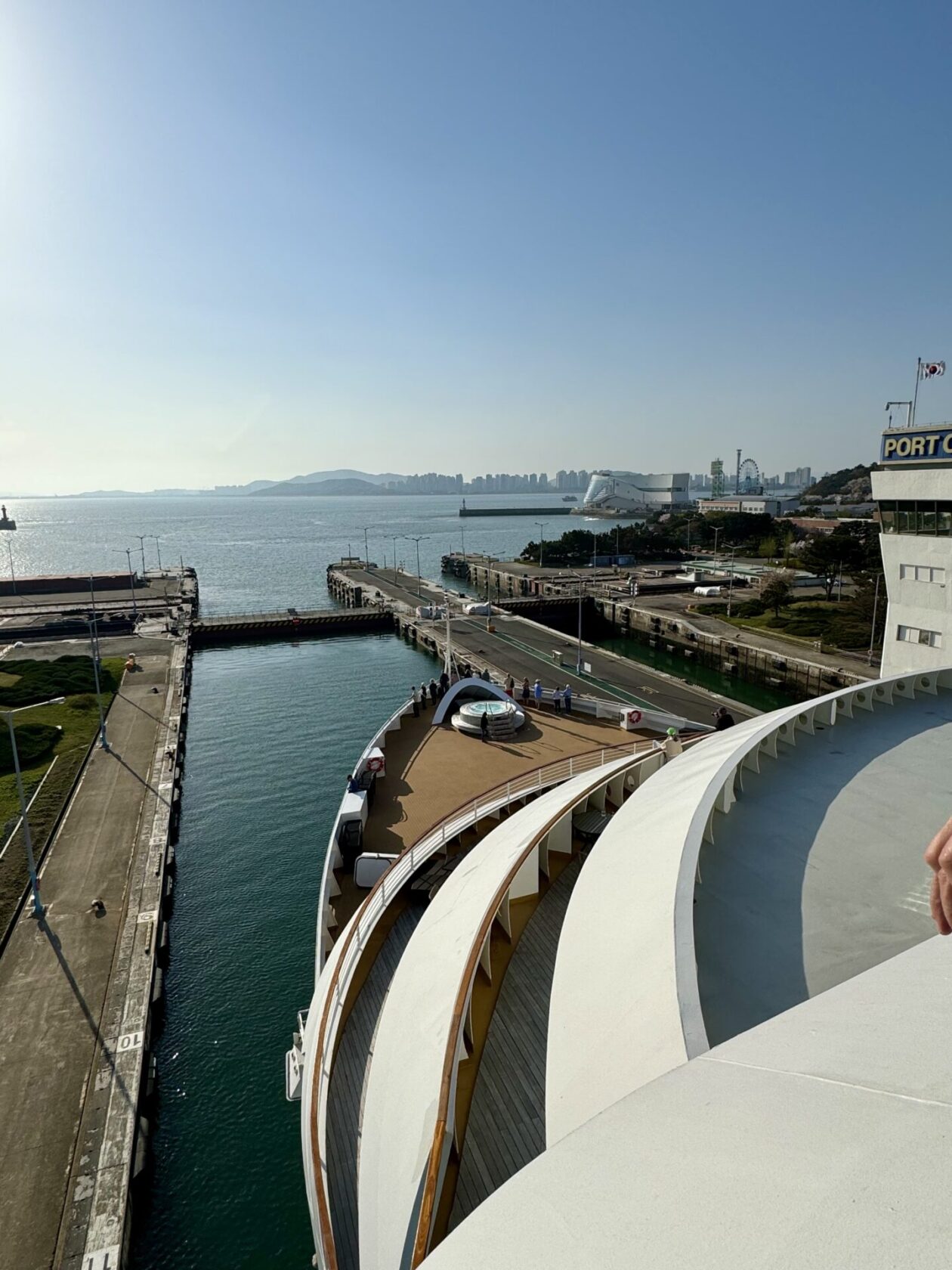- Northern Pacific Wanderings 2024 — here we go!
- Enjoying a few days in Hong Kong
- A day in Kaohsiung and Tainan, Taiwan
- A quick trip to the Penghu Islands
- Two Days in Taipei, Taiwan
- Naha, Okinawa
- Two days in Beijing
- Two days in Incheon and Seoul, South Korea
- Jeju Island, Korea
- Busan, Korea in a day!
- Nagasaki, Japan
- Arita, Japan
- Miyajima and Hiroshima, Japan
- Kyoto’s Bamboo Forest and Rock Garden
- Matsushima, Japan
- Hakadote, Japan
- Kushiro, Japan
- Dutch Harbor….er, Unalaska, Alaska
- Kodiak, AK
- Homer, AK
- Glacier Bay National Park and Preserve, AK
- Sitka, AK
- Klawock and Craig, AK
- A Nanaimo, BC, Canada drive by
- Vancouver BC, end of trip, and final thoughts
One our first day in Incheon, we decided to go visit the DMZ, or Demilitarized Zone. We’ve all heard about the DMZ, but may not know the history of it, how it is today, and what can you really see of North Korea. The DMZ was actually created in 1953 as an outcome of the power sharing agreement between the Soviet Union (that controlled the North) and the US (that controlled the South). At this point they were declared separate countries. The divide came along the 38th parallel (the original dividing line after World War II). Of course, the Korean War was going on at the time and, only when the two sides agreed to move their troops back around 1.2 miles could the buffer called the DMZ be created. It is about 160 miles long and on average 2.5 miles wide. While there are no troops in the Demilitarized Zone, both sides have large concentrations of military outside the zone. Since a cease fire was never agreed upon, both sides are technically still engaged in combat, and there have been a number of flare-ups over the years.
So today, we were ready to see the moral equivalent of “Checkpoint Charlie” during the Cold War — two sides staring at each other, toe to toe in what has continued to be an era of tensions. And yes, on the way up north, we did see the concertina wire and checkpoints along the roadside and riverbanks, thinking we were looking across at North Korea. Instead we were looking at more South Korea. And then we got to Imjingak Park, located about 4 miles from the border. This area has a lot of history with the Bridge of Freedom, the Dokgae Bridge, a former bunker that has been turned into a museum, the Peace Bell, and the Paju Imjingak Peace Gondola. These are all historically significant historical sites, but they have now been turned into what is more or less a theme park (yes, there is an amusement park there) and even Dunkin’ Donuts. I have to say that I was somewhat put off by the commercialism, but did the gondola and took in the views and the old site of Fort Greaves, which is now an art gallery. Disconcerting at best for me.
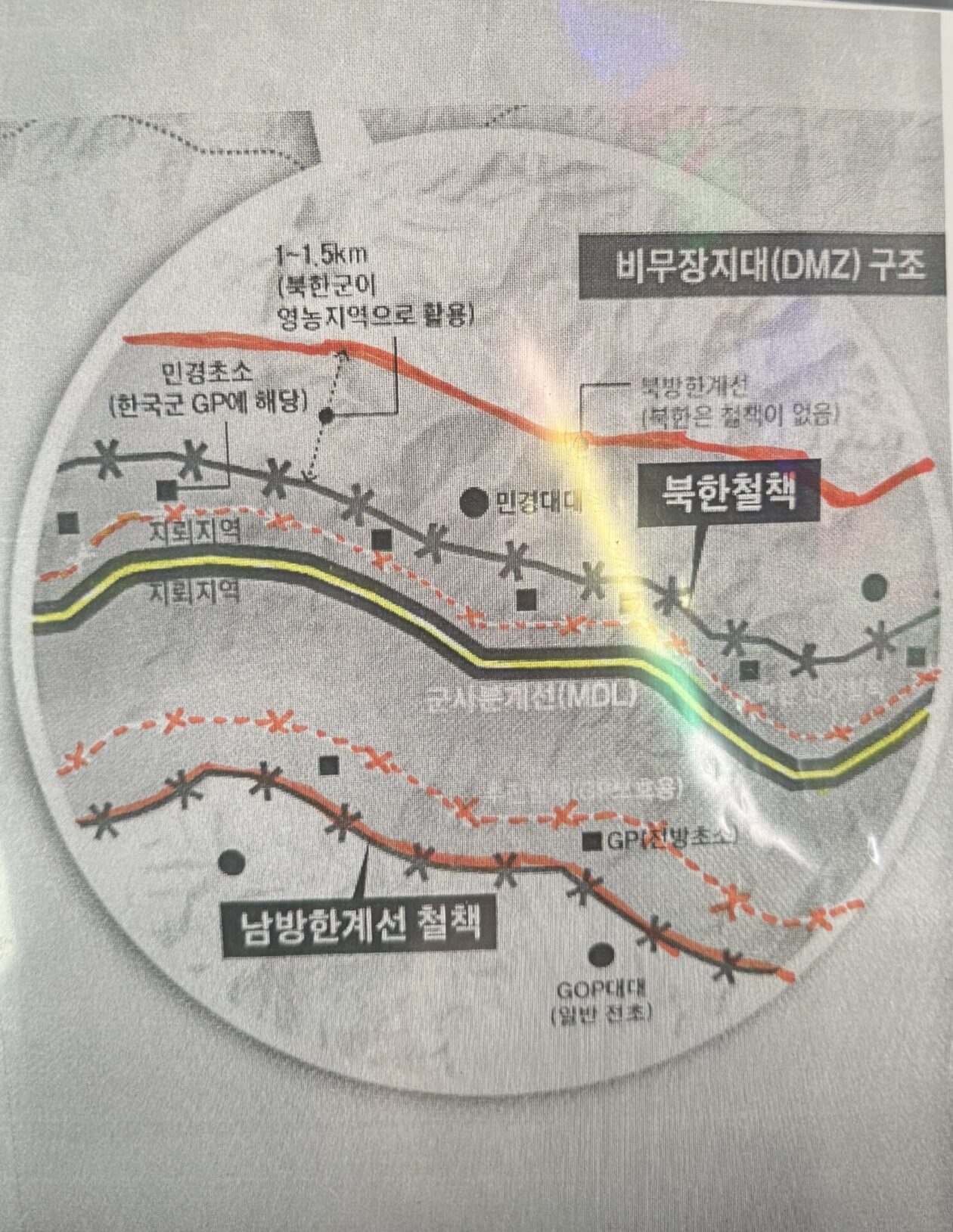
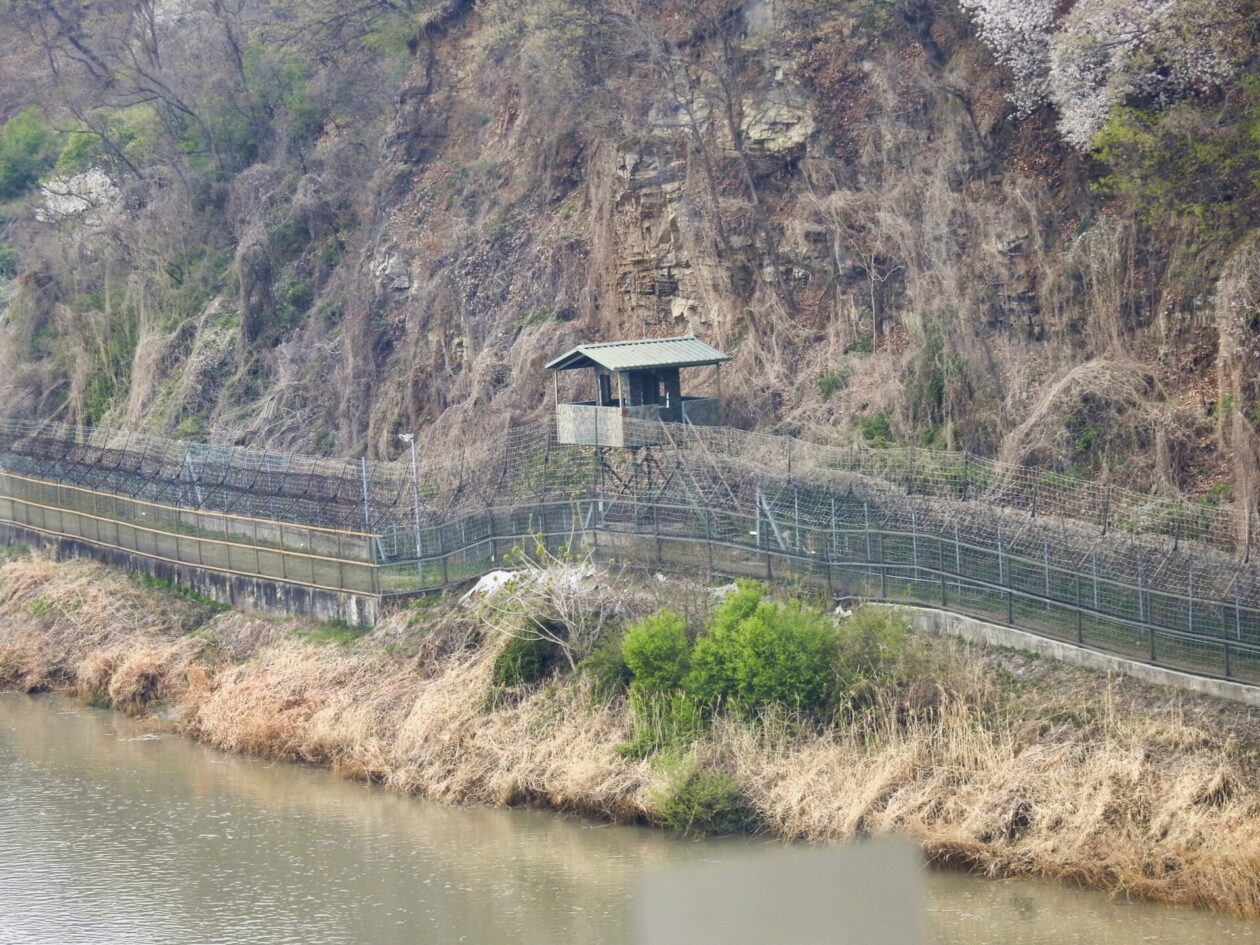
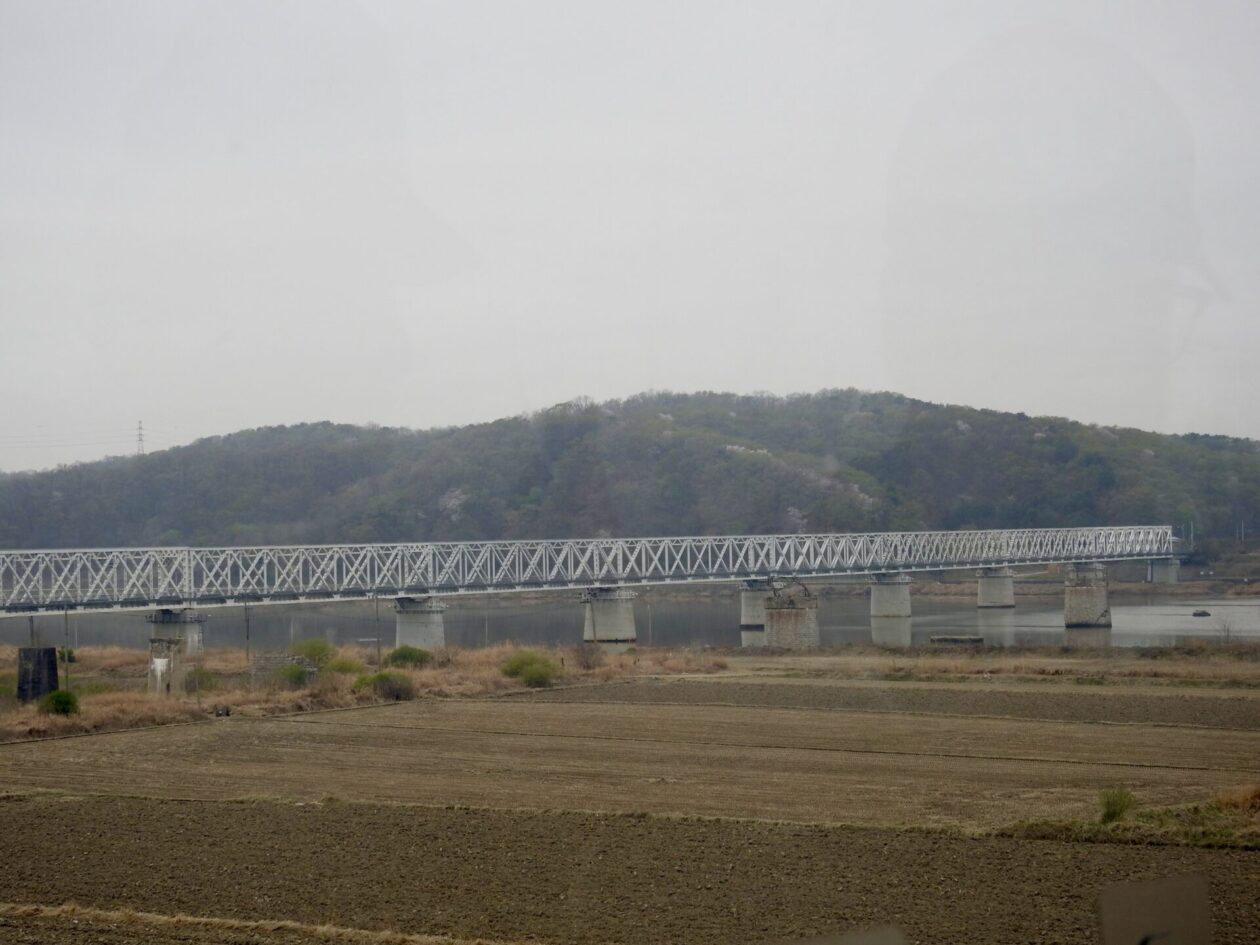
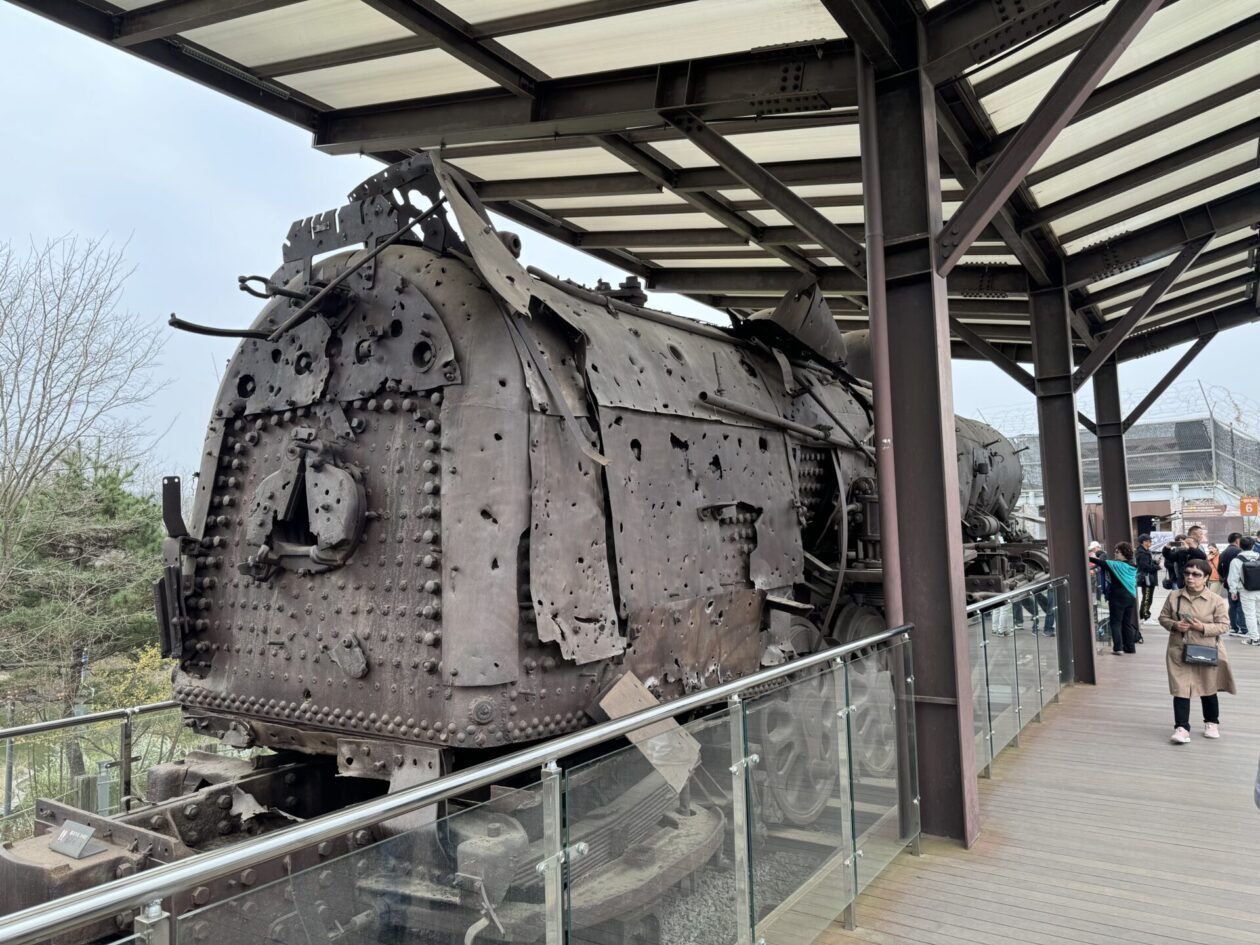
After an amazing Korean lunch, eating things that we had no idea what they were, we went on to Mount Oda and the Odusan Unification Tower. Located nearly 400 feet above sea level, the tower is located at the northernmost ceasefire line of the western front where the Han and Imjin Rivers meet, and only 1500 feet from North Korea. The tower and museum were both architecturally interesting and the exhibits blended the reality of people living under the daily threat within North Korea and the hope for unification and peace in the future. There were a group of young soldiers there (all males in Korea have up to 22 months mandatory service) who were taking in the exhibits, but also looking across the river into North Korea where their foes are similarly looking at them. The day was hazy/smoggy making views into North Korea very difficult. Luckily, I was able to process some of the photos to show typical scenes of life on the other side. I think that helped to offset the earlier disappointment I had. Sadly, we are unable to visit the thing I wanted to see wanted to see most — the 3rd of 4 once secret tunnels that ran beneath the DMZ and were only discovered after a North Korean defector spilled the beans. It was estimated that that one tunnel alone would have been able to allow over 30,000 North Korean troops to pour into South Korea in an hour. Very scary!
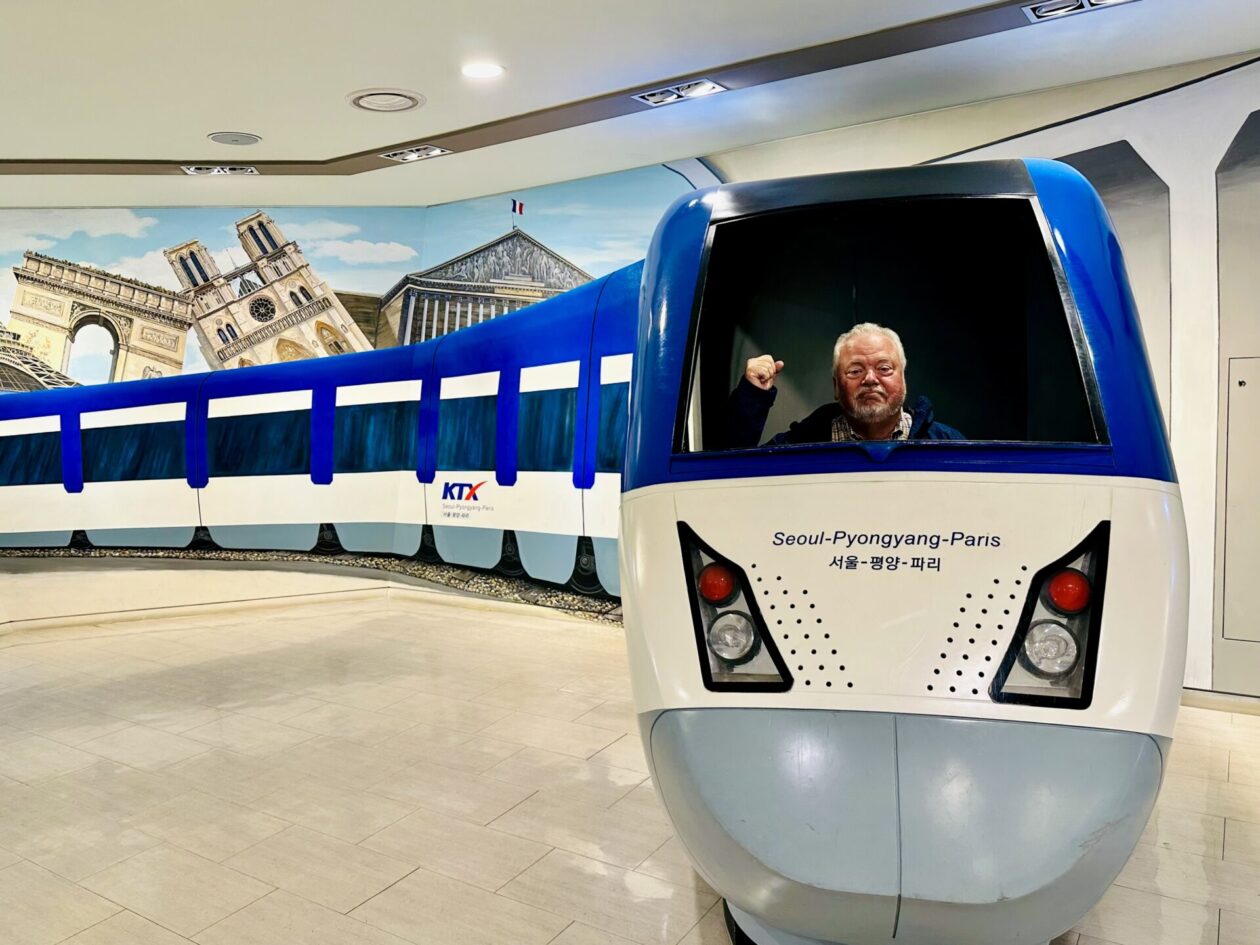
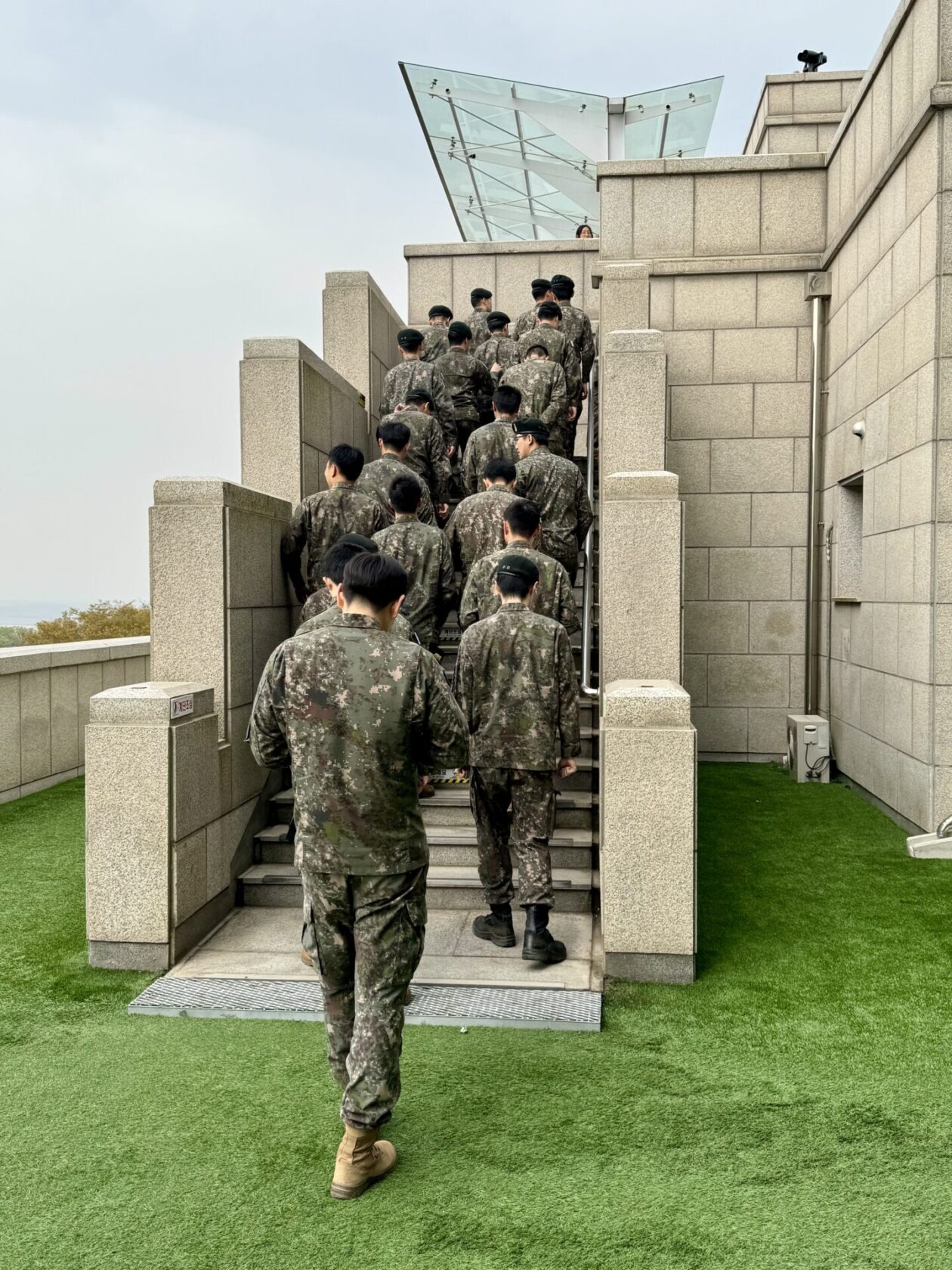
On our second day in Incheon, we toured around the city of Seoul. Once again, it was a 1.5 hour drive into the city with lots of traffic. I should mention that the city of Seoul is divided by the River Han. Most of the palaces and old architecture are in the northern, older part of the city where we spent our time. Our first stop was at Gyeongbokgung Palace, the largest and most striking of the 5 grand palaces built during the Joseon dynasty. Built in 1395 by King Taejo, this iconic landmark tries to portray life in Joseon-era Korea. One of the things that is interesting here is that many visitors dress in traditional garb that they rent from shops near the palace. And I’m not just talking about Korean visitors; we saw people from as far away as Turkey dressed for the occasion. There were also whole families (including infants) who were costumed. I really like this. At some level it shows respect for the history of the area. Sadly, we didn’t have time to do that. As we got through the main gate, a “changing of the guard” ceremony was starting, complete with a band. I’ve always found Korean costumes to be the most colorful and elaborate — definitely a favorite of mine! We explored the palace grounds and the remnants of the Joseon Dynasty, including the Gyeonghoe-ru Pavilion, Hyangwonjeong Pond, and sculptures of Geunjeongjeon (The Royal Audience Chamber). Of course, these have been repeatedly destroyed through both civil war and invasions/occupations by the Japanese, but they have been restored. Ultimately, the plan is to replace up to the full 300+ buildings that made up this compound.
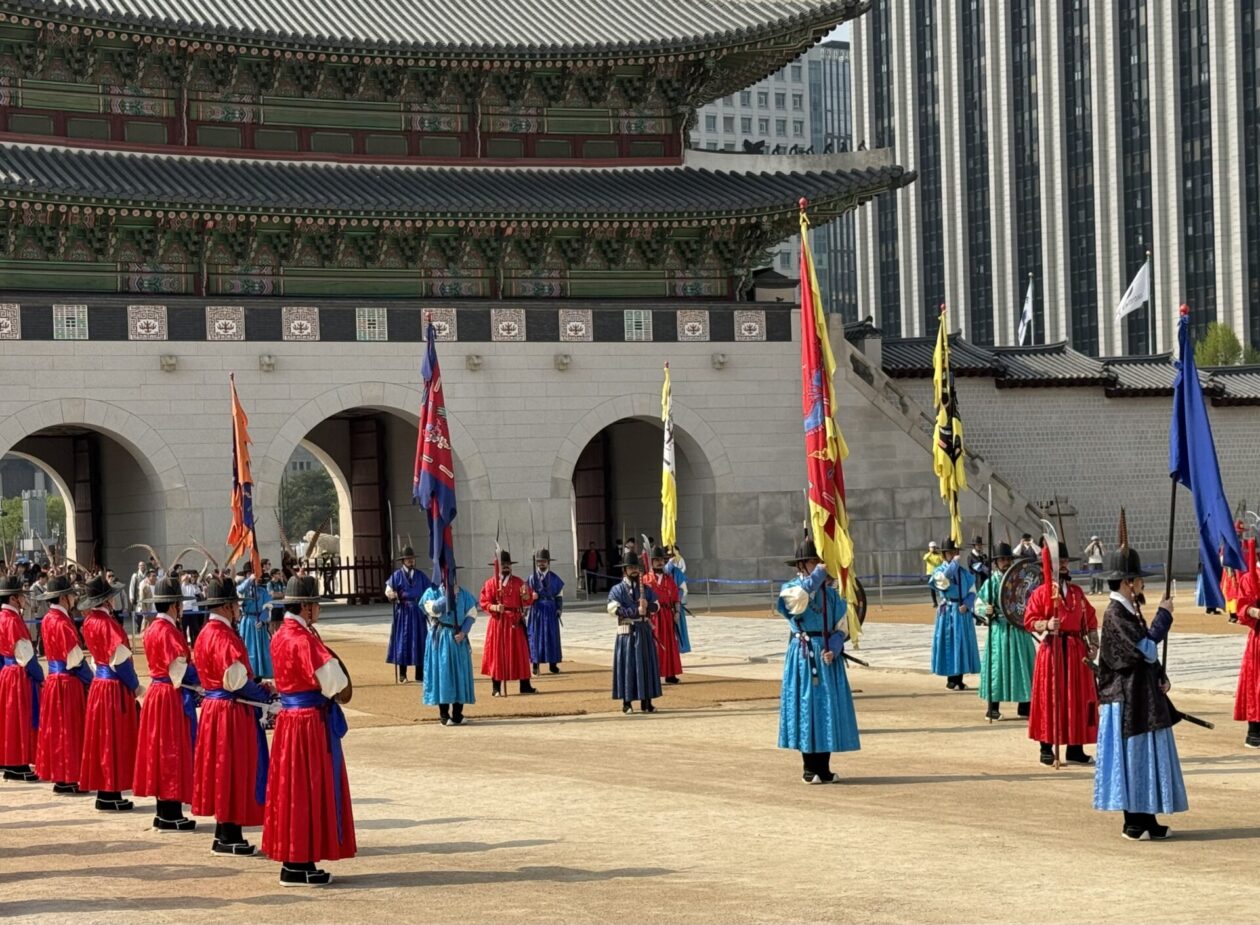
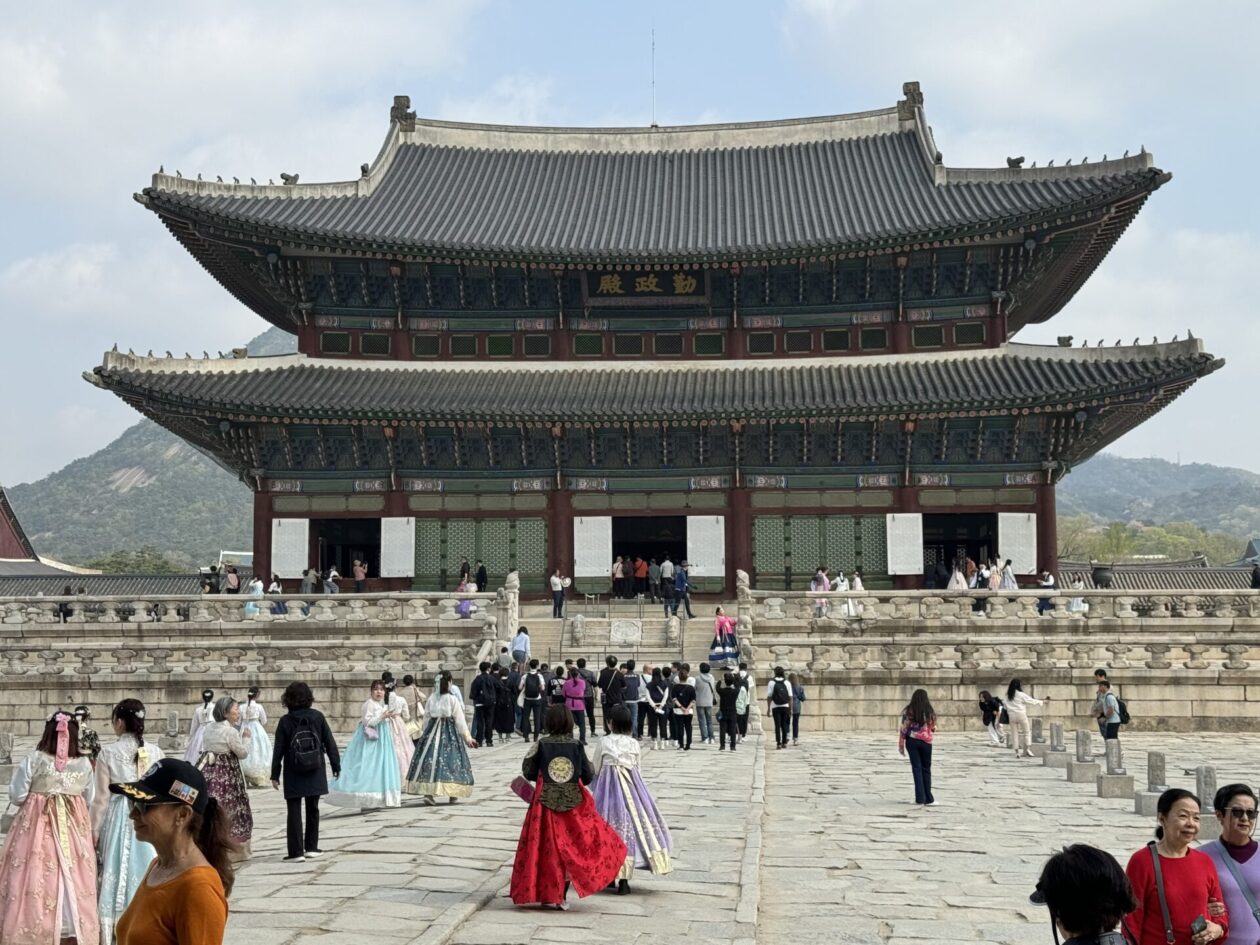
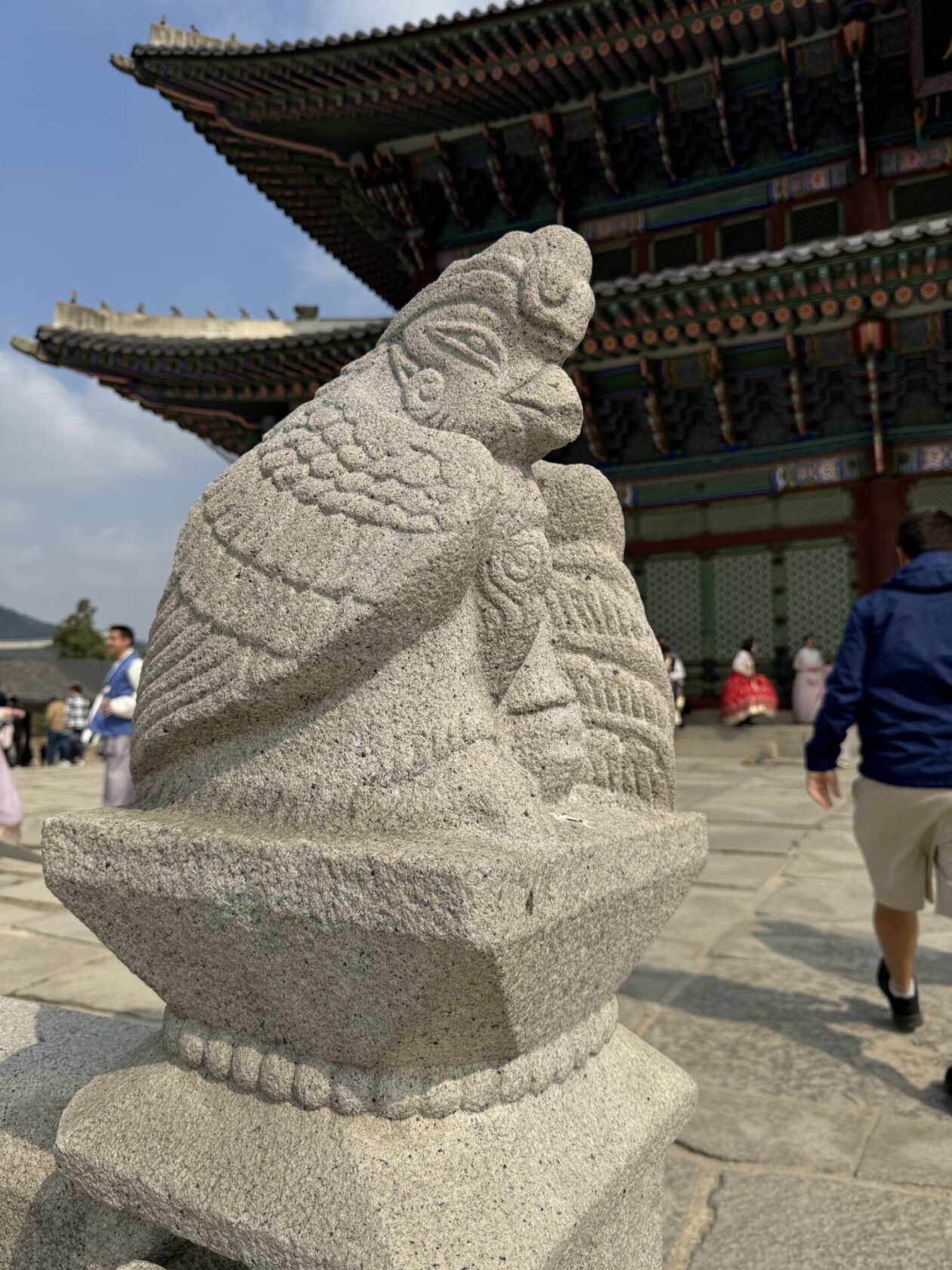
Our next stop was Bukchon Hanok Village, a residential neighborhood in the Jongno District District of Seoul. It is made up of a large number of restored traditional Korean houses called “hanok.” This neighborhood was built behind two of the major palaces in the northern part of Seoul and, as a result, served as the residential quarter for high ranking government officials and nobles during the Joseon period. It is very charming and some of the old residences have been turned into trendy shops and restaurants. As a consequence, this area has become a very popular tourist destination, much to the chagrin of the local residents. The residents have had some success in limiting the hours people can visit there and there are actually “shushers” who wander through the narrow streets and ask people to keep their voices down. Maybe we should try something like that on our island… We were then off to another Korean lunch that once again was fabulous. What’s interesting is that neither of the restaurants we ate at looked very impressive from the outside, but they were both award winning and quite yummy!
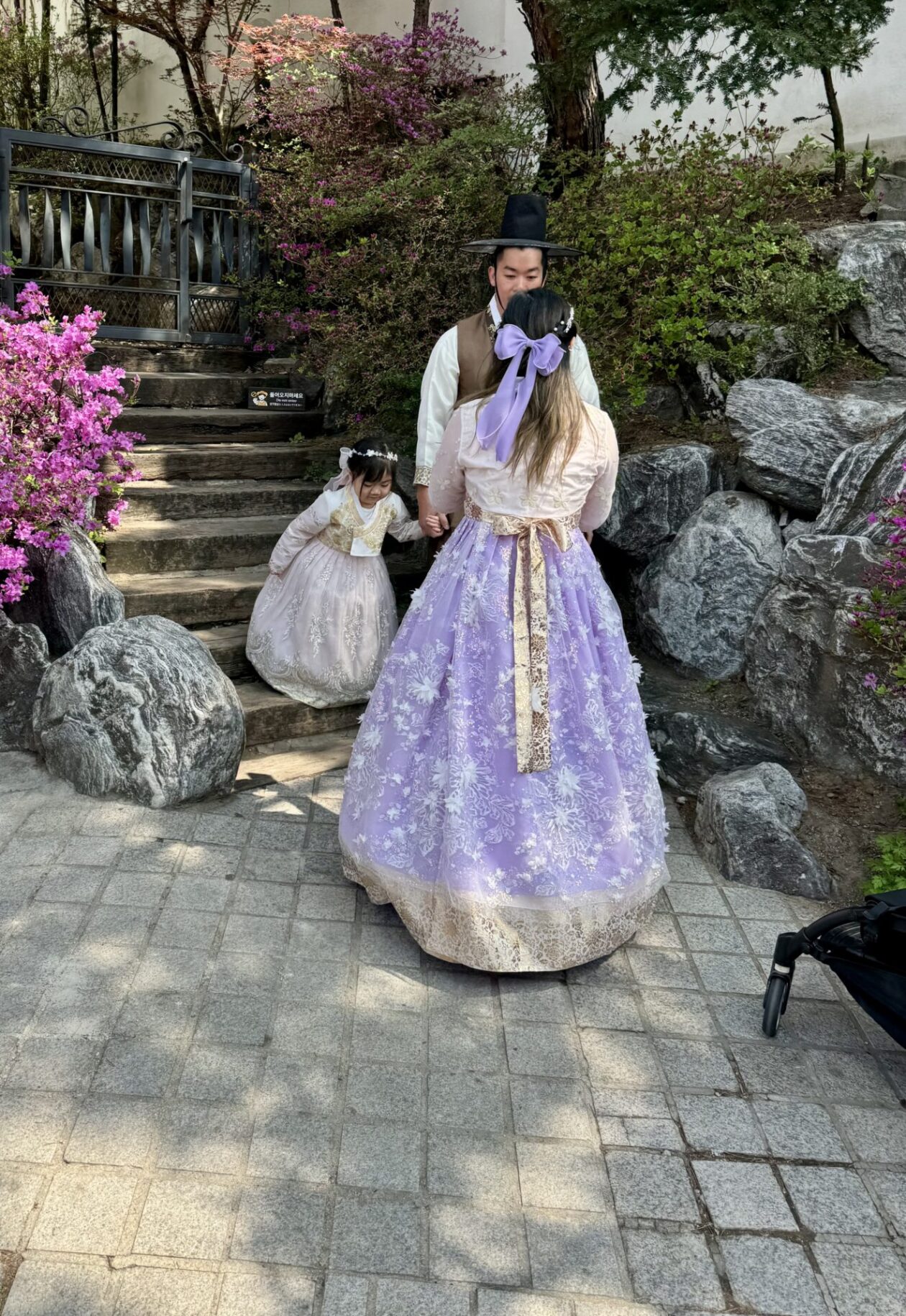
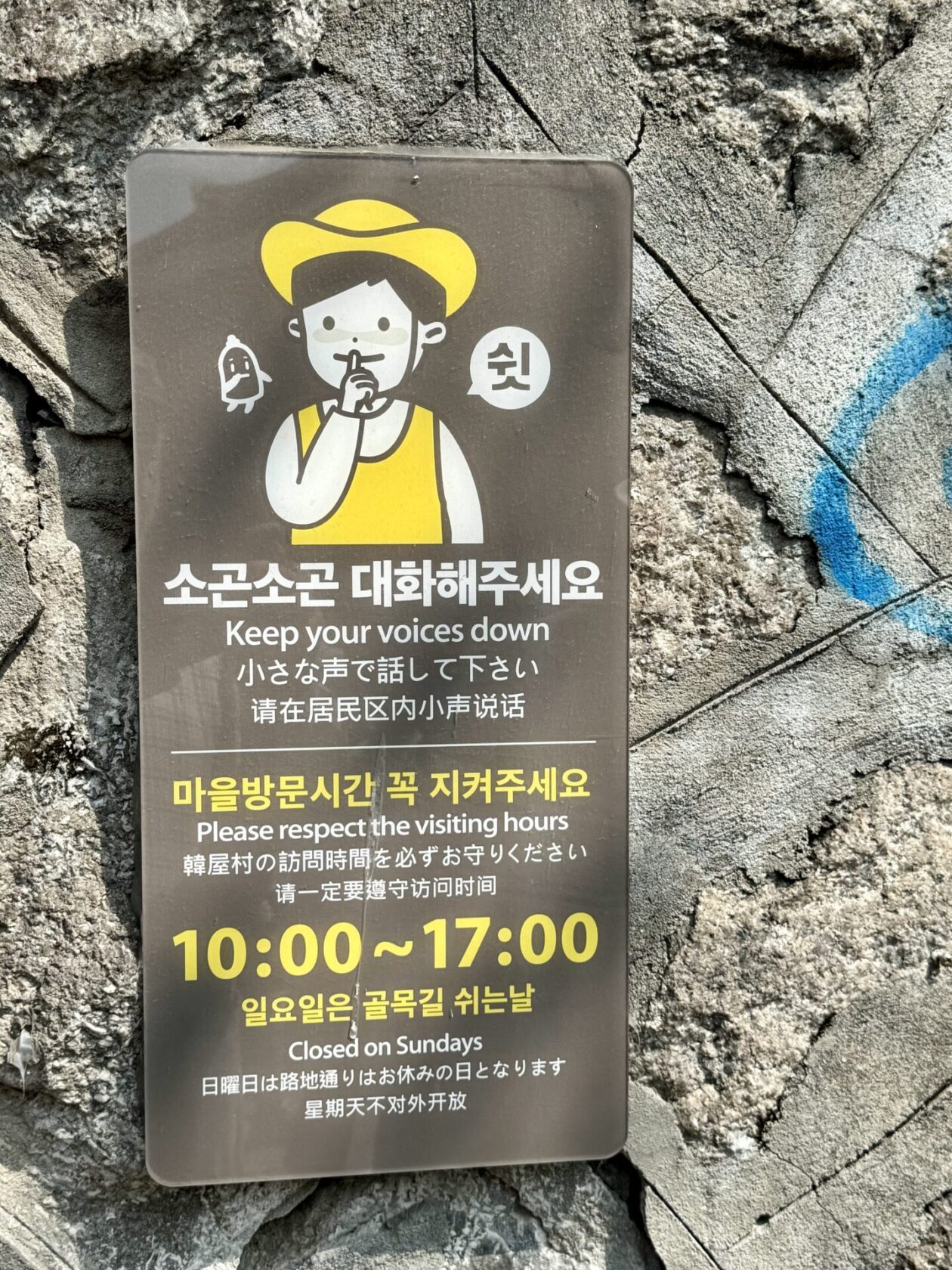
The last stop of the day was at Gwangjang Market, that is a traditional street market in Jongno-gu area of Seoul. It is one of the oldest and largest traditional markets in South Korea, with more than 5,000 shops and 20,000 shops in an area of about 10 acres! We only had an hour to explore this megalith, so we were off. The main alleyway is filled mainly with food stalls serving about every conceivable type of meat, fish, and vegetables imaginable. Everything was very colorful and all the customers seemed very happy. We wandered off the main aisle and found ourselves in the cloth and clothing area. Given all the people we had seen in traditional garb in the palace, it wasn’t surprising to see several tailor shops focused on that type of clothing. But then there were rows and rows of shops offering custom tailored men’s suits. The bolts of cloth were stacked high! We finally made it to the end of the indoor market and decided to circle around the outside to get back to our bus to avoid the massive crowds. On our way back to Incheon we passed through the new and trendy south part of the city — Gangnam (yes, the area Psy made famous with his song Gangnam Style).
As we had coming in, leaving the harbor in Incheon required going through a lock in that the tidal range here is around 30 feet. Clearing the locks, we were on our way to our next port — Jeju Island, Korea!
This entry was posted in Cruising, Korea, Seoul, Travel